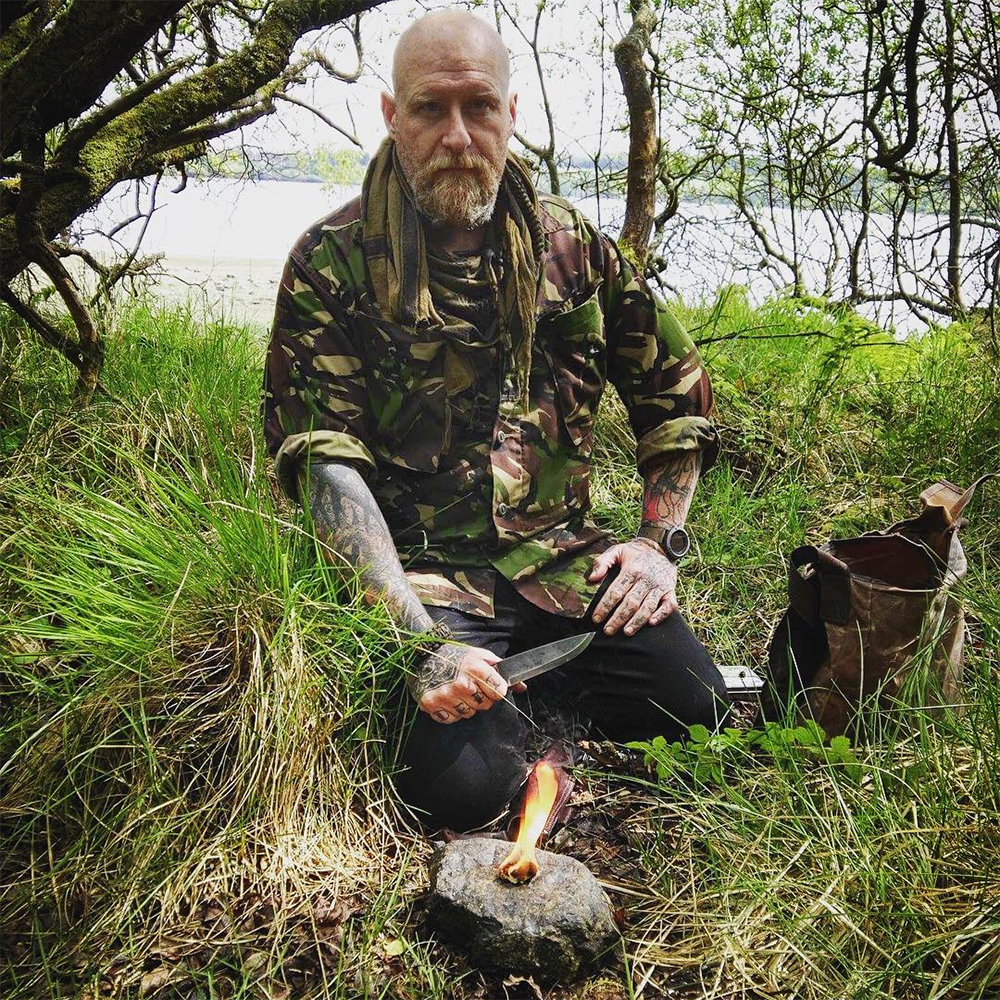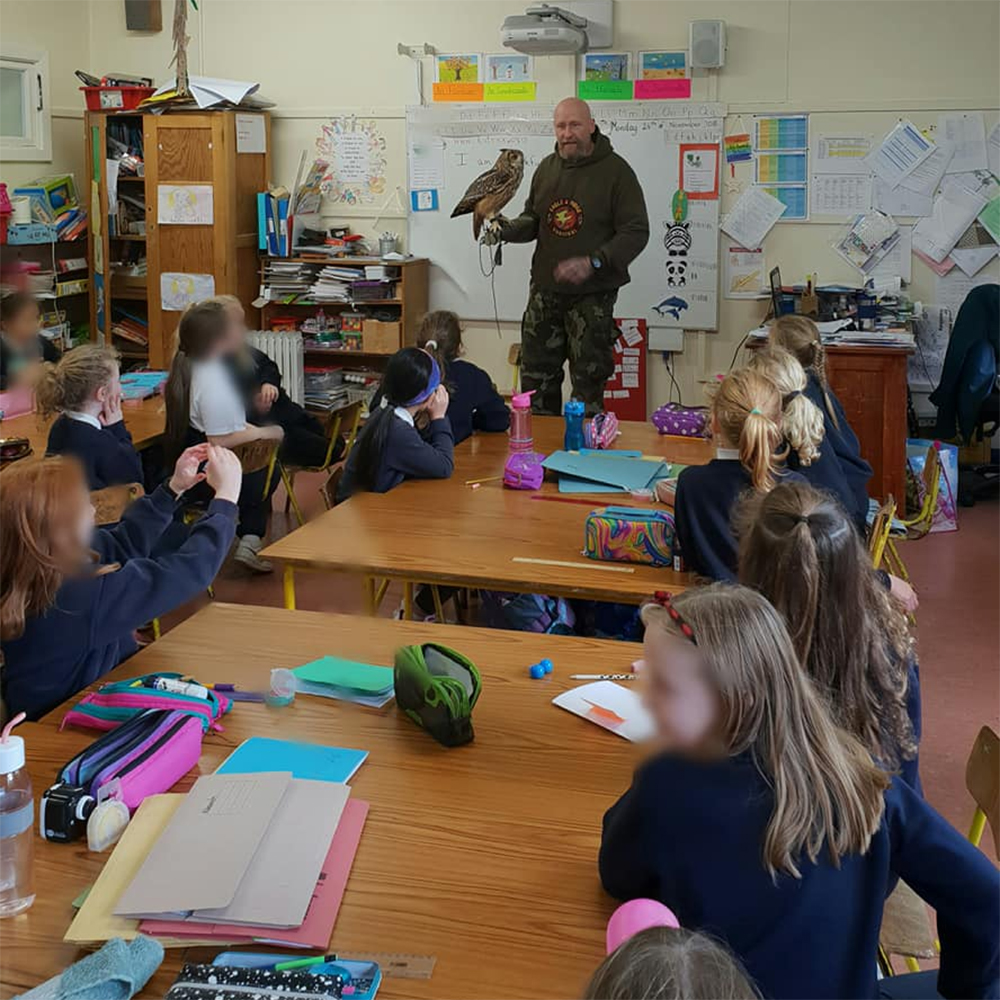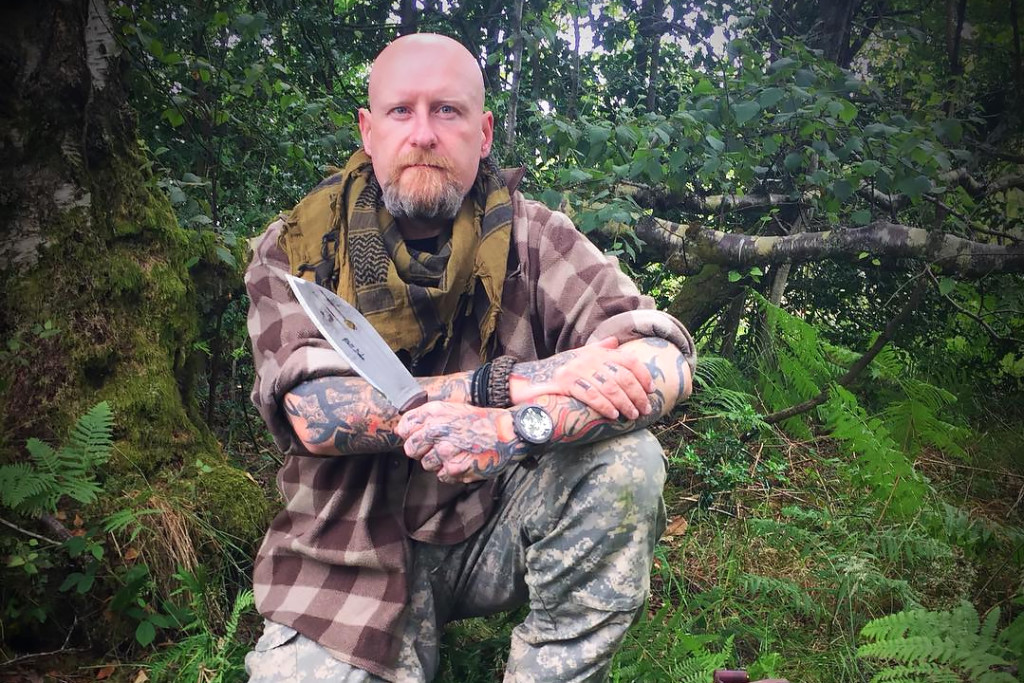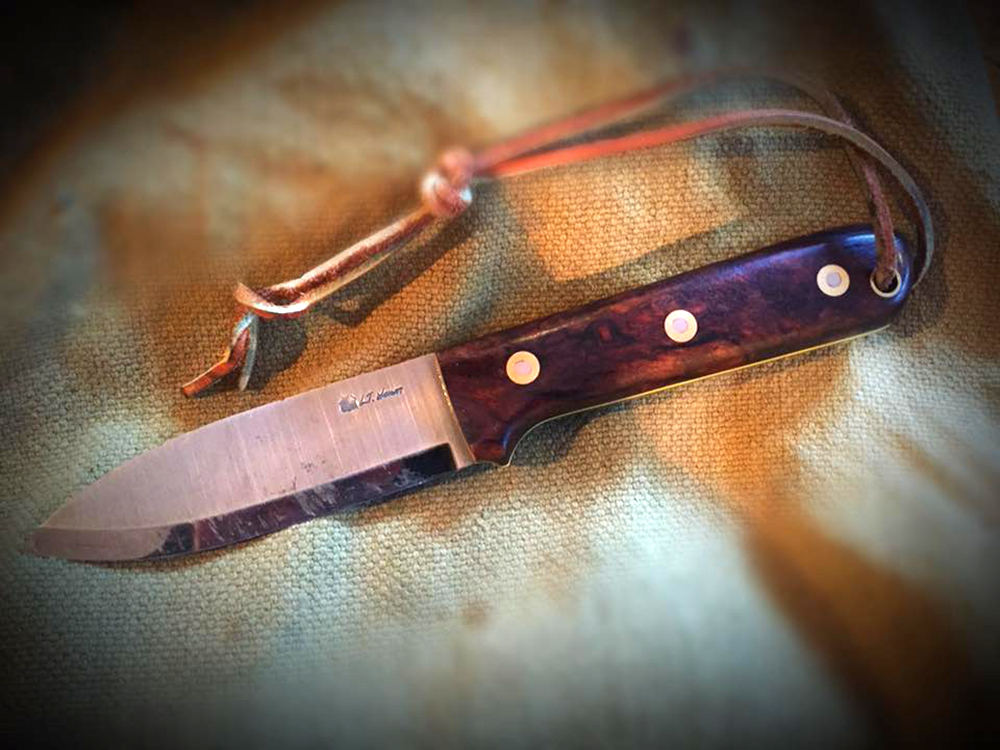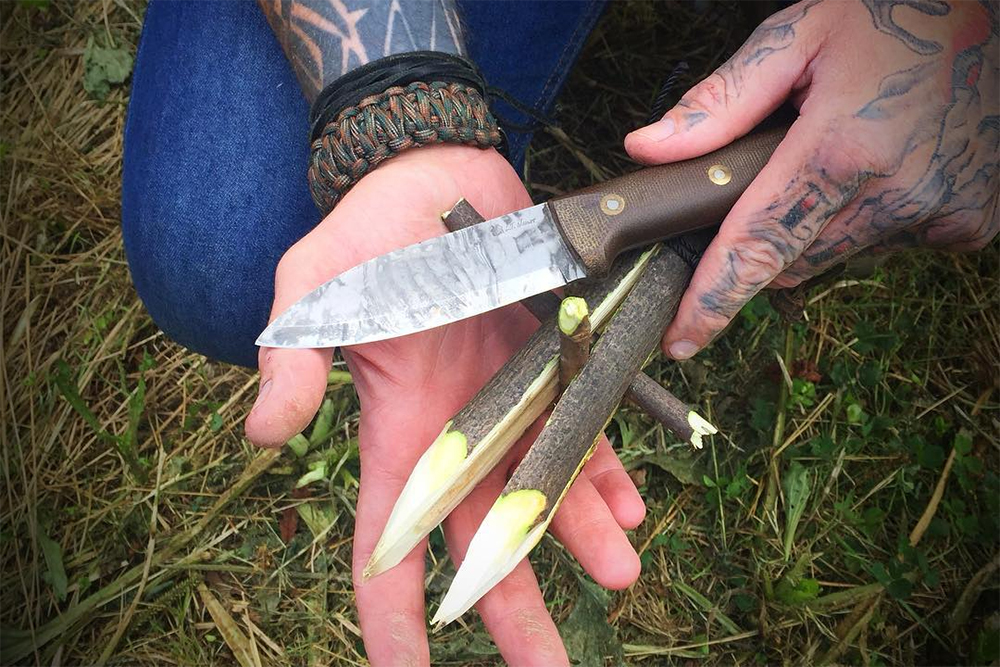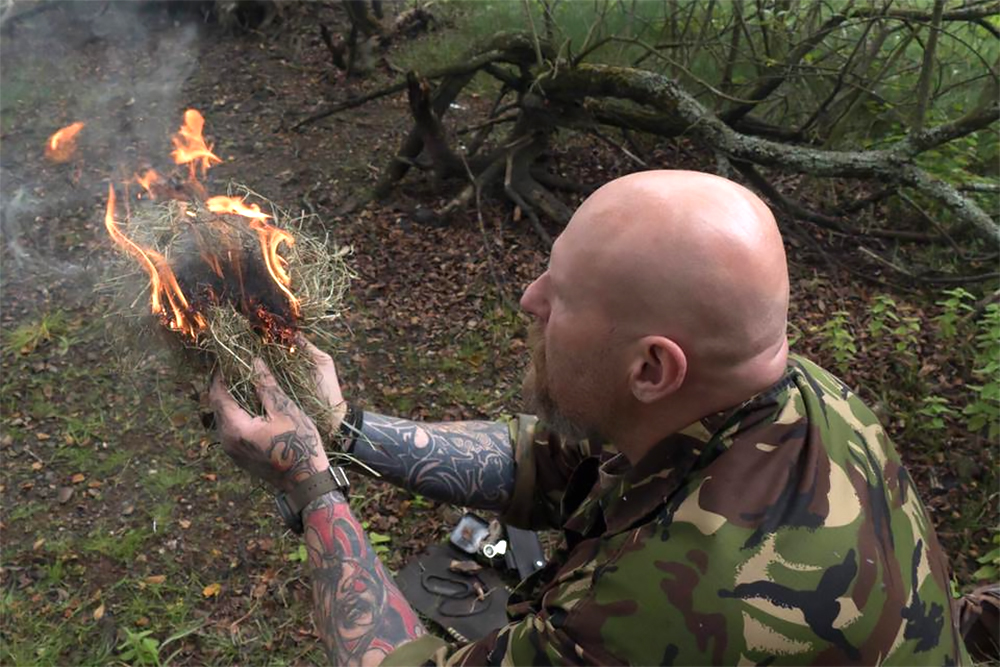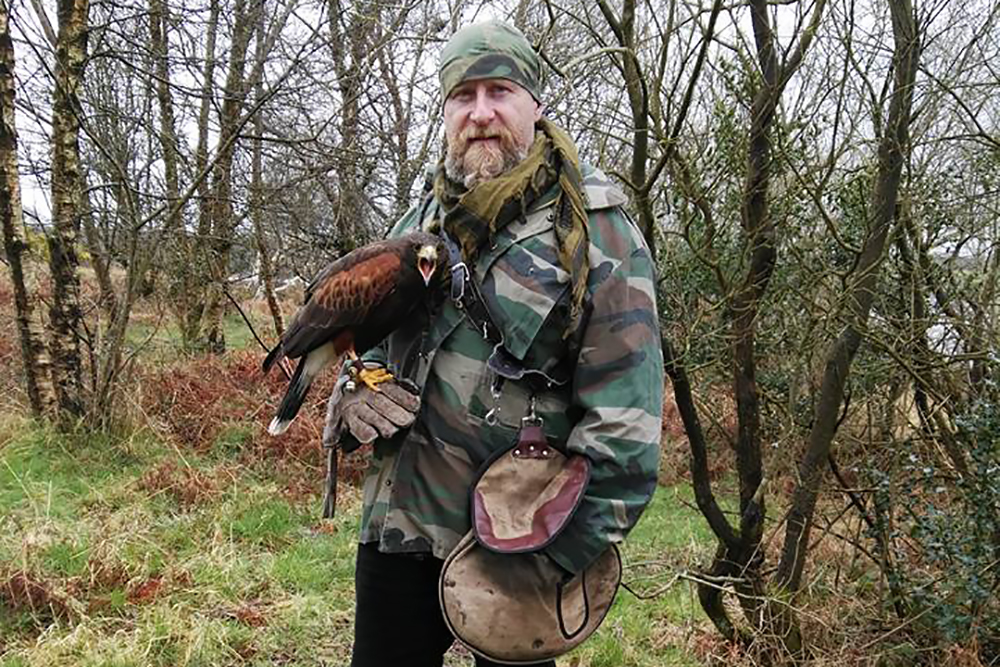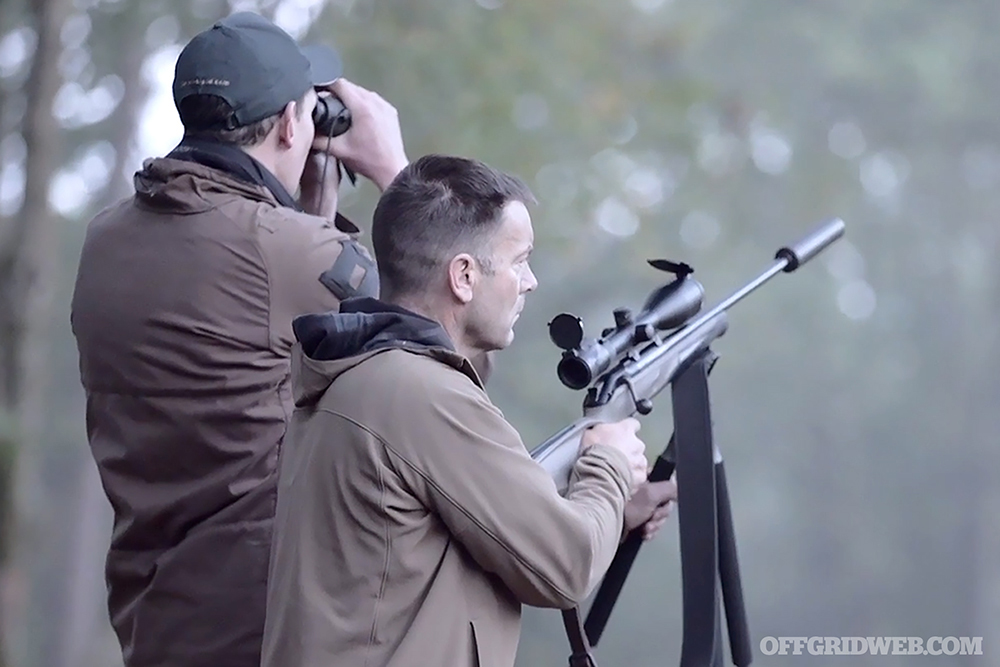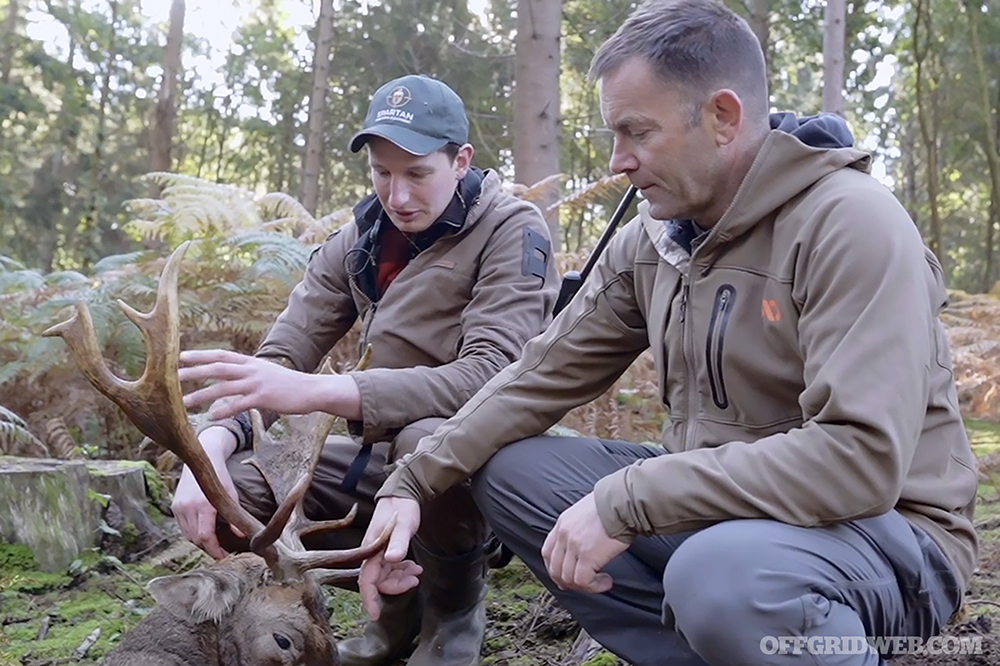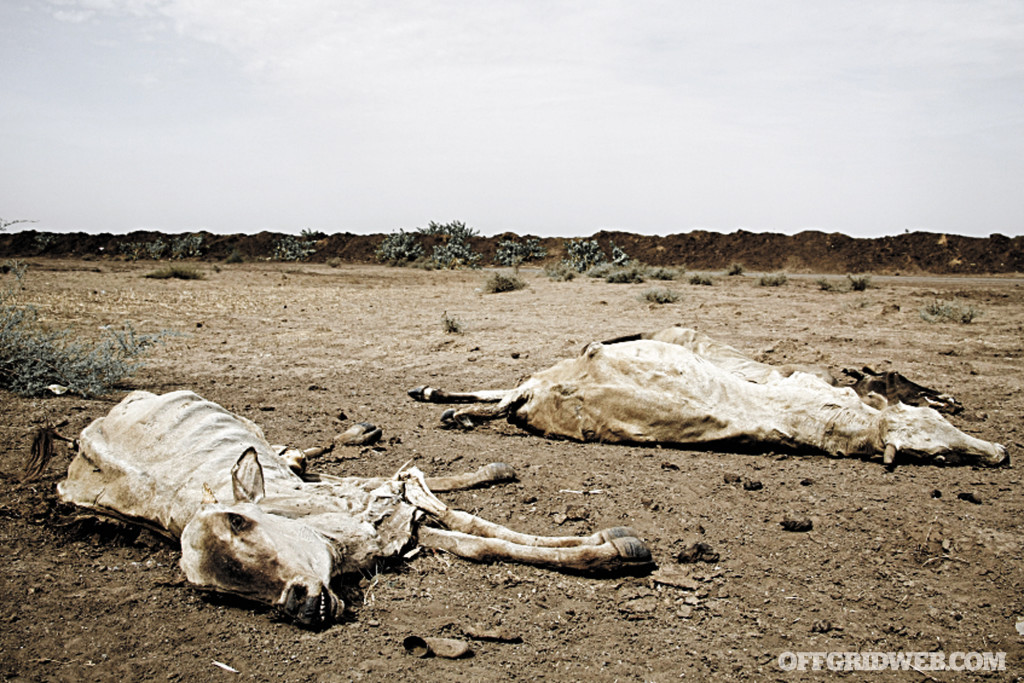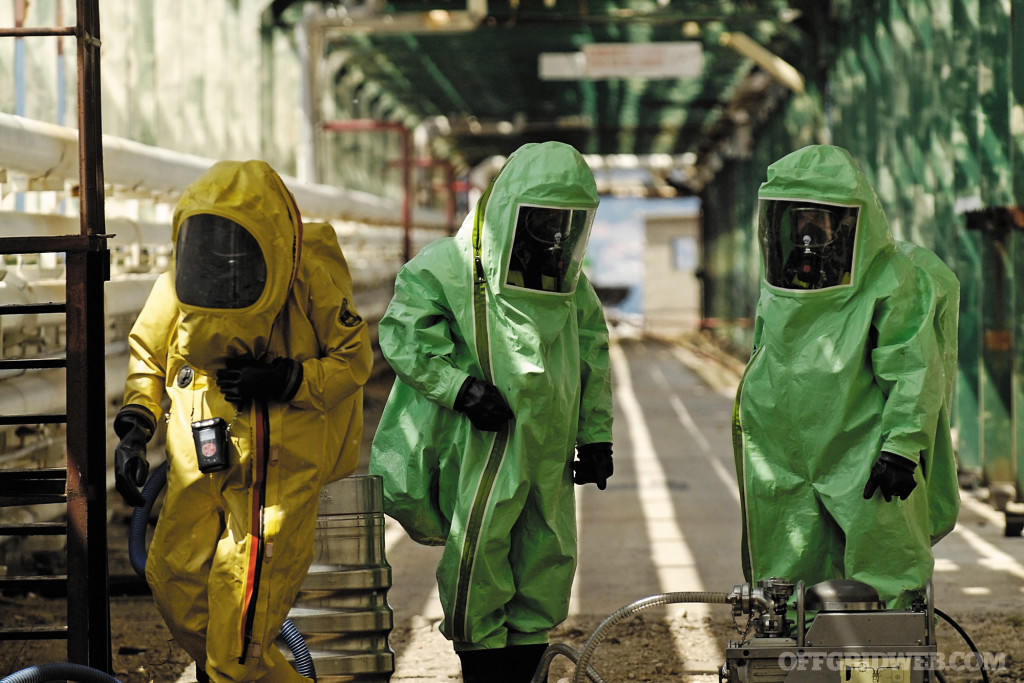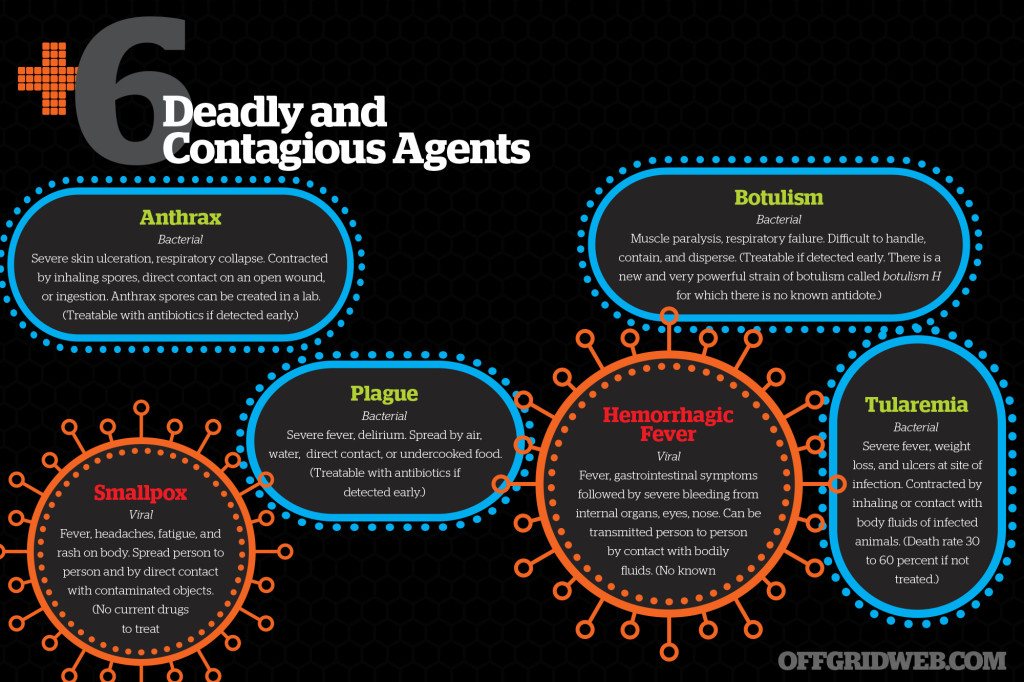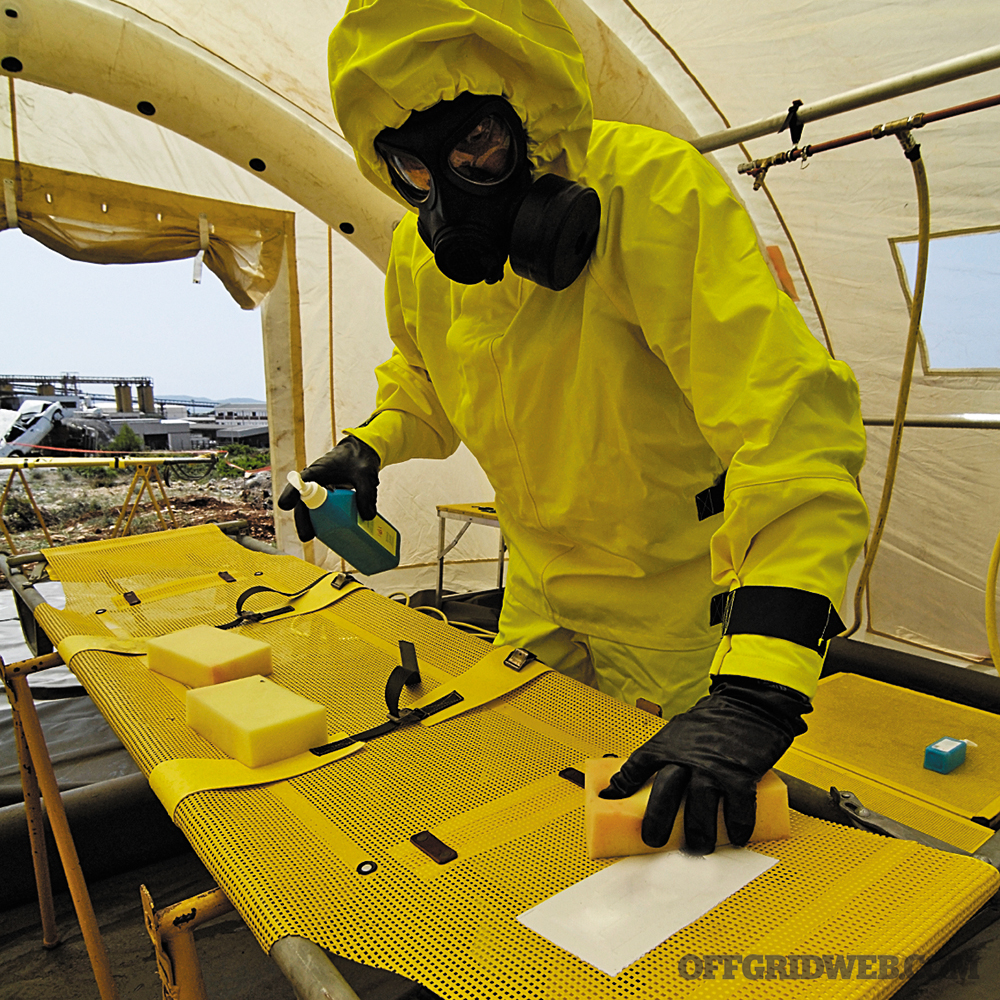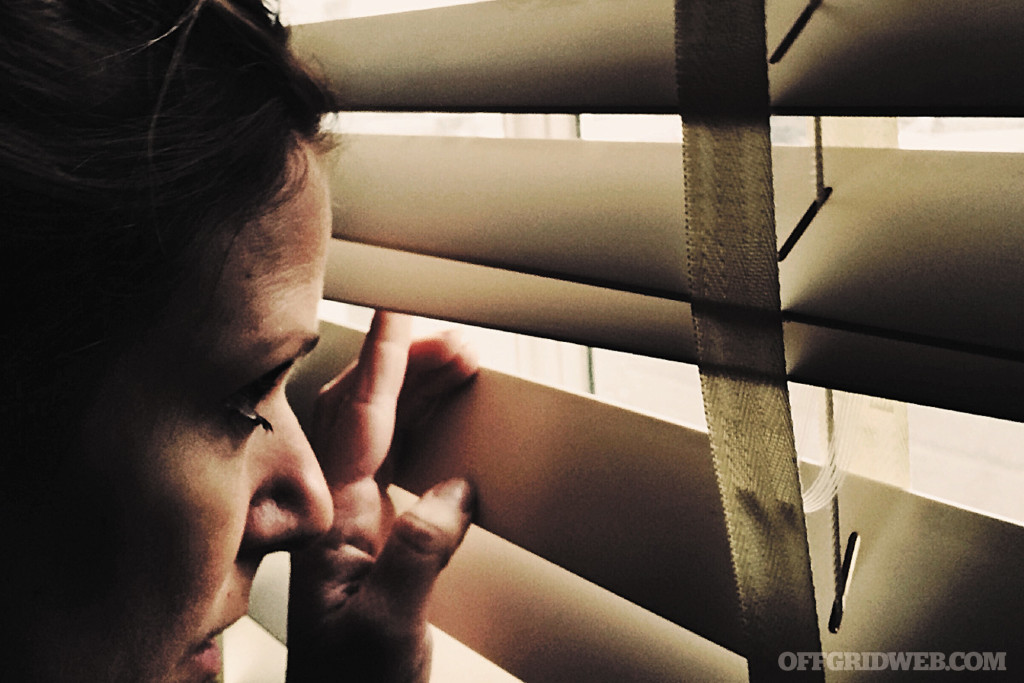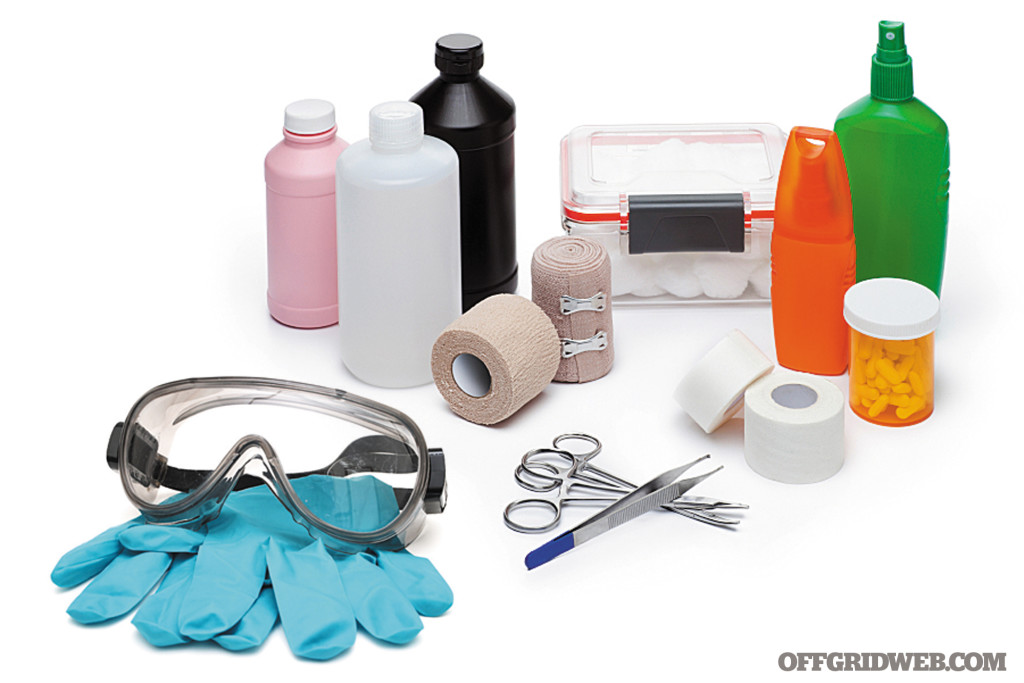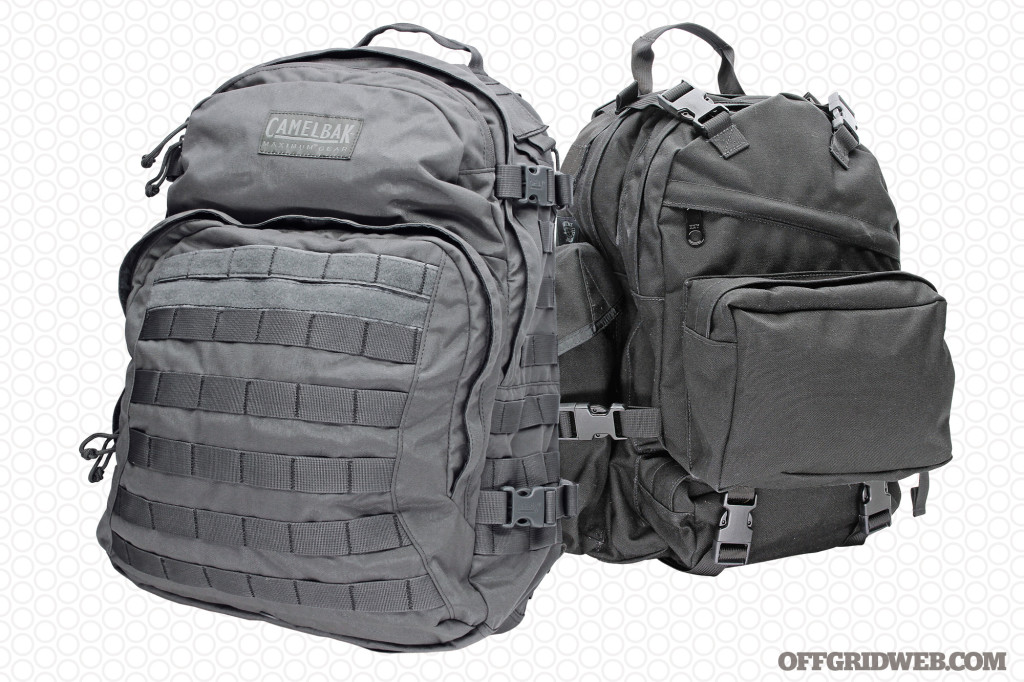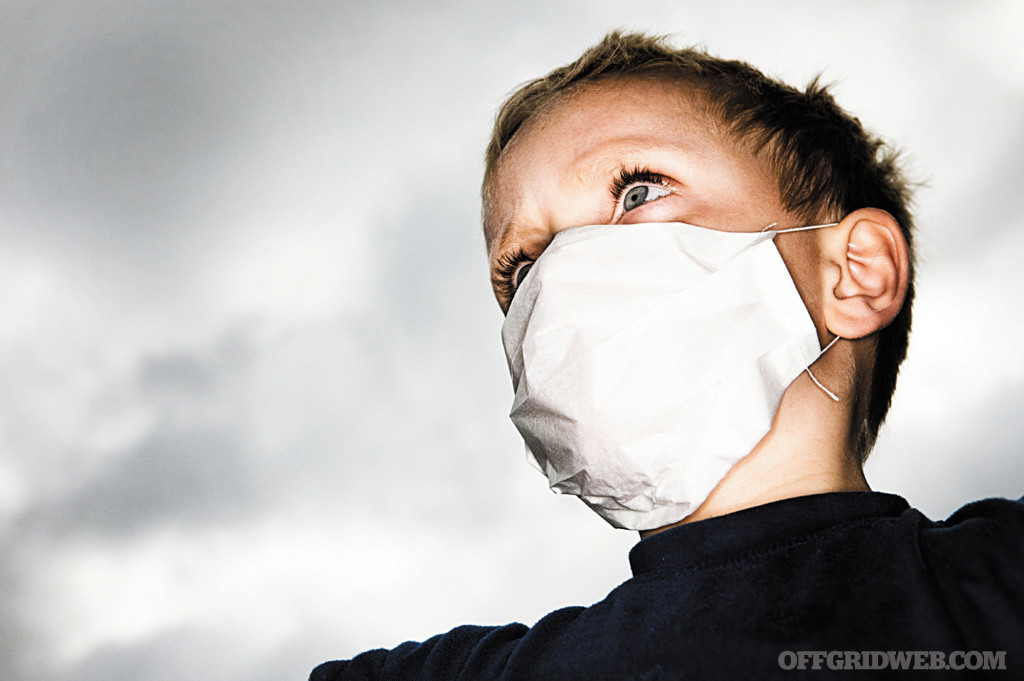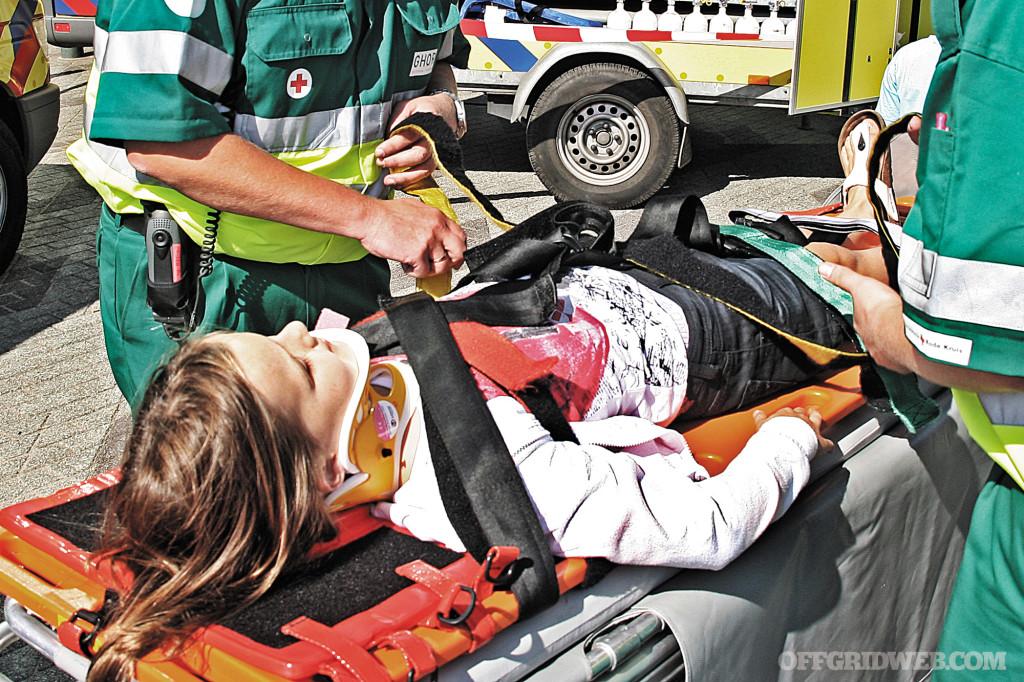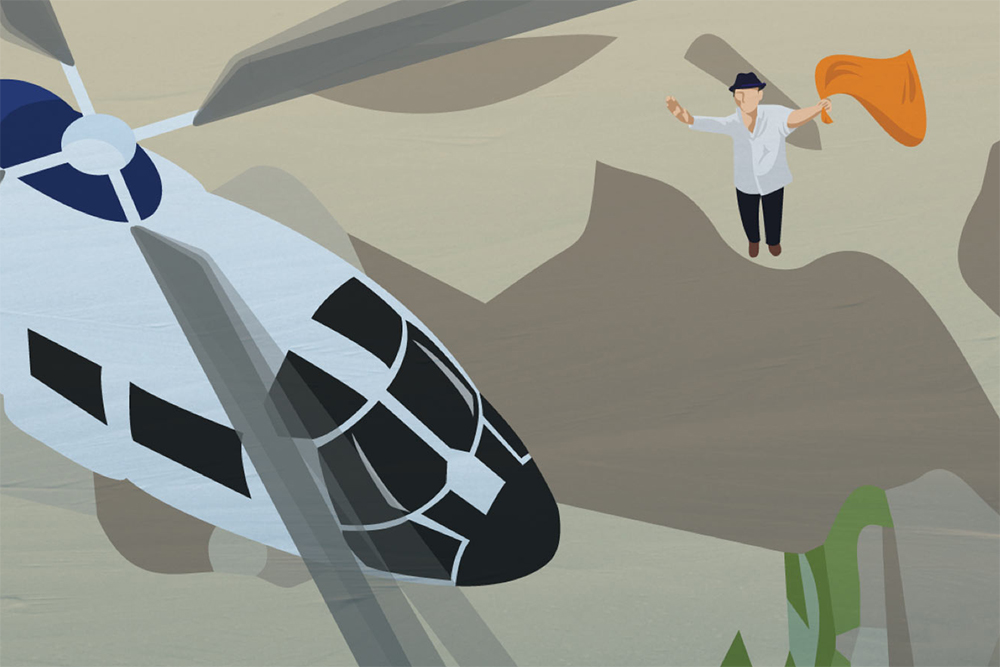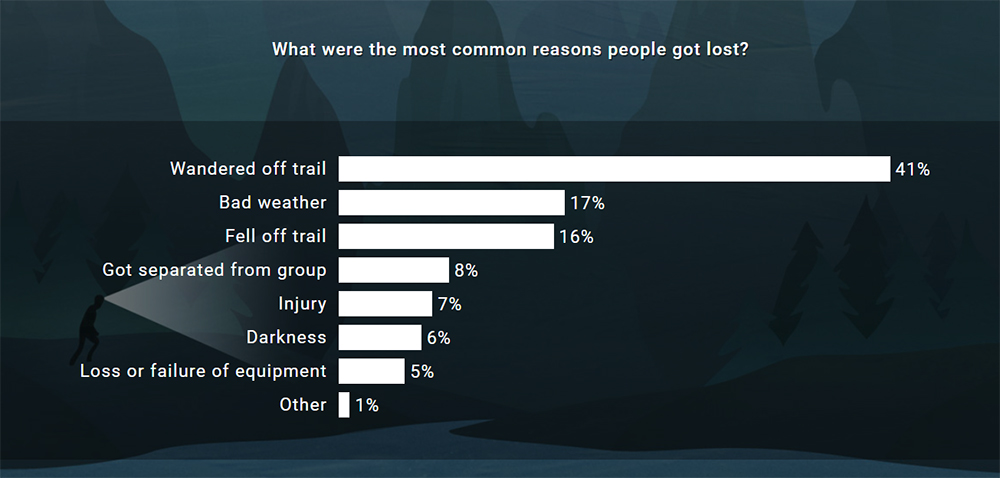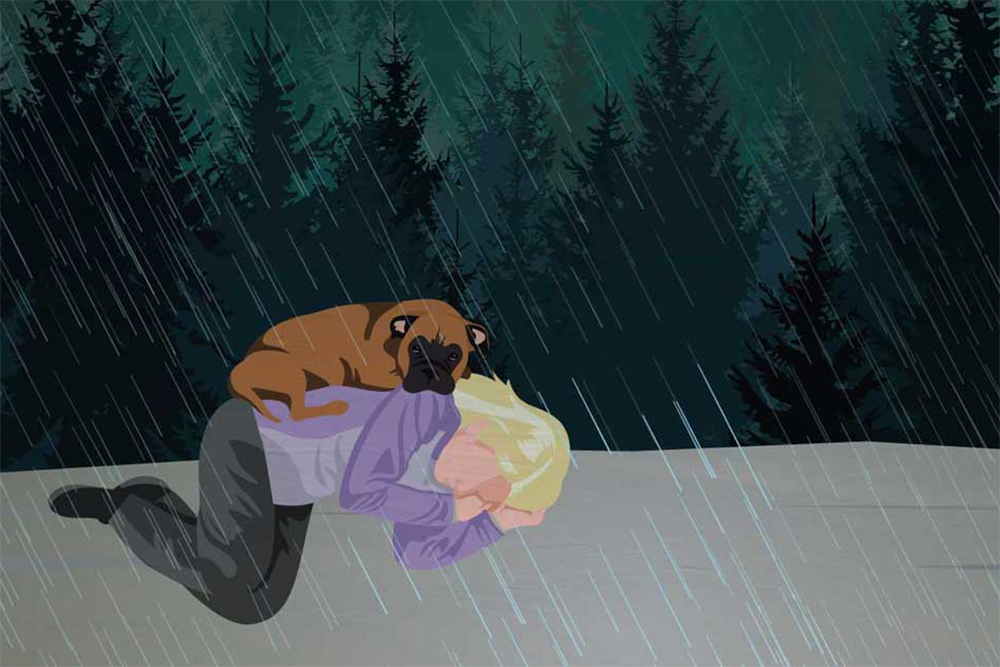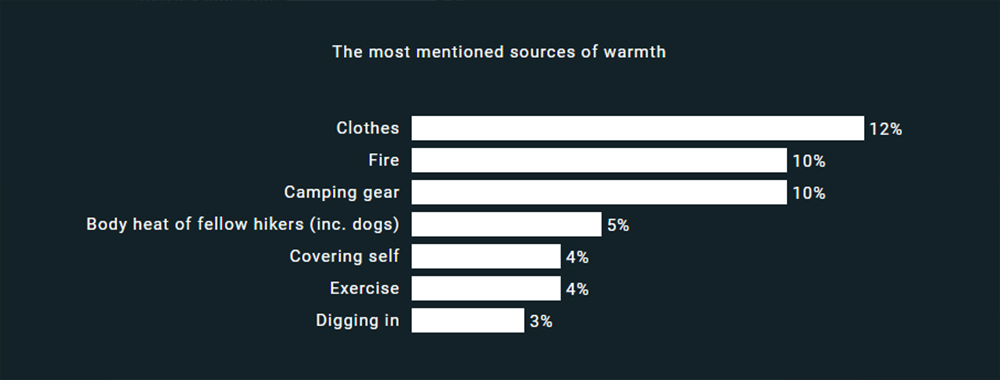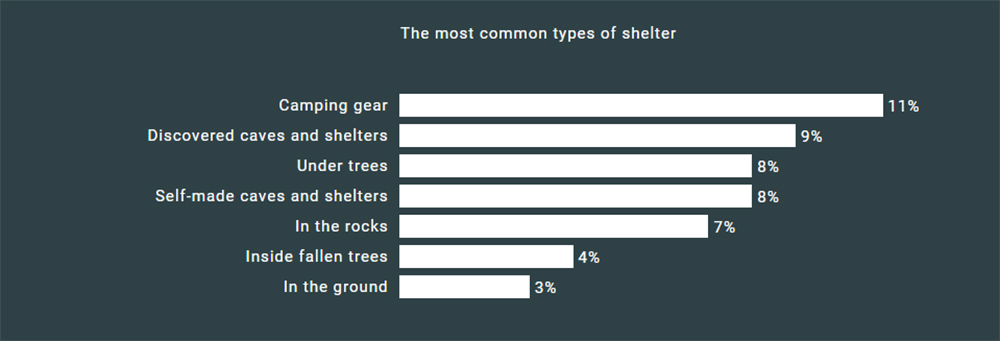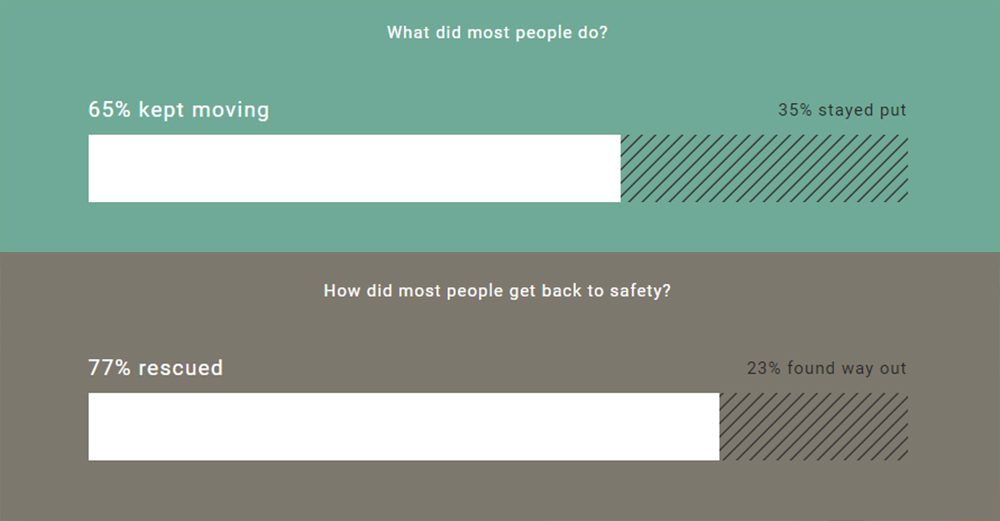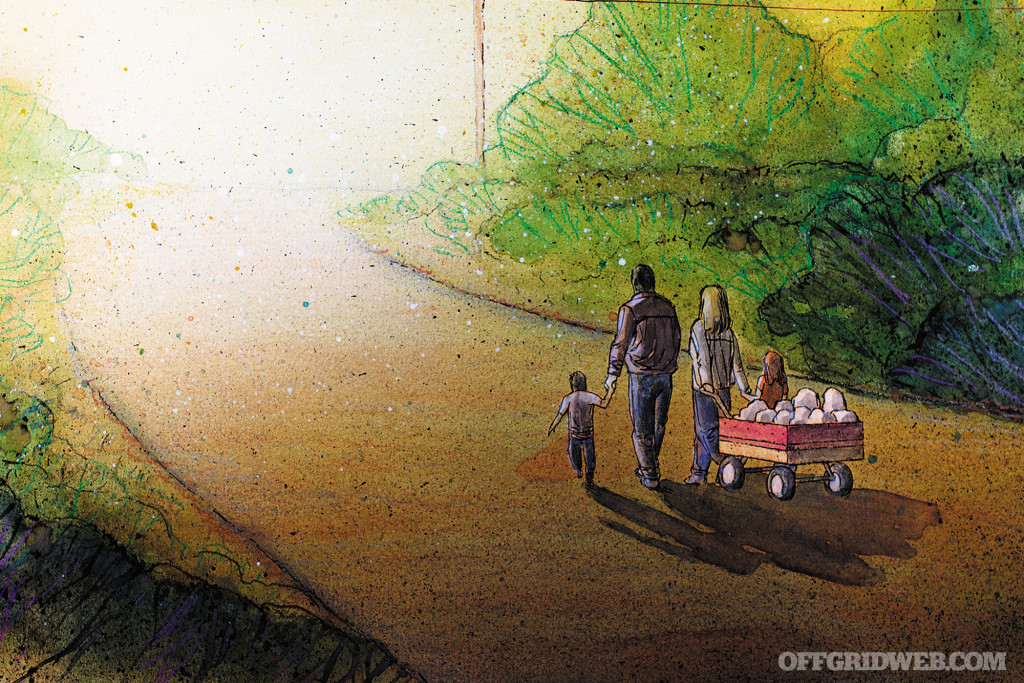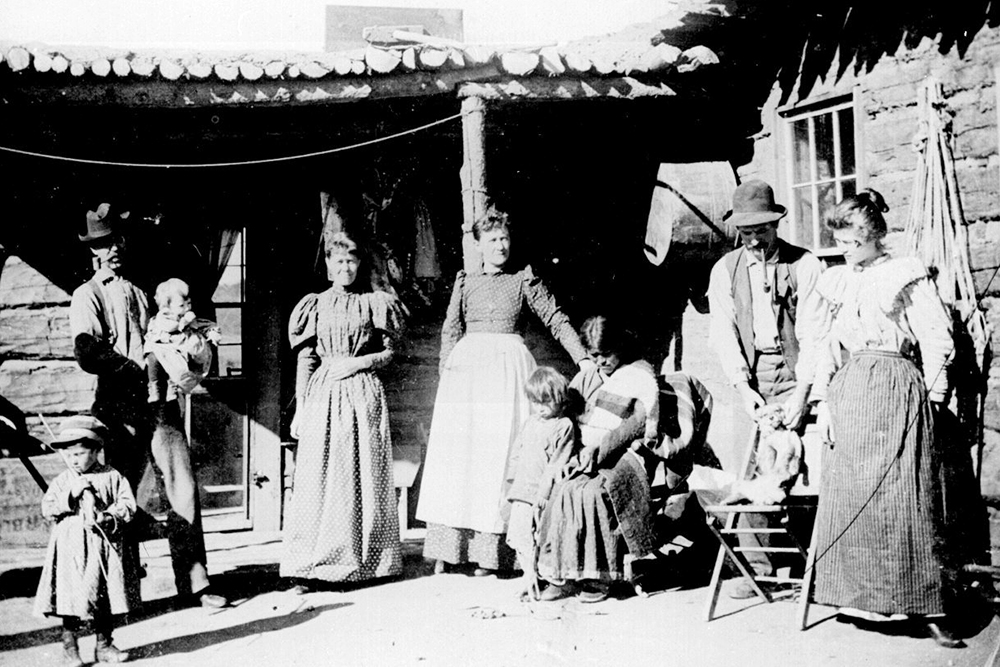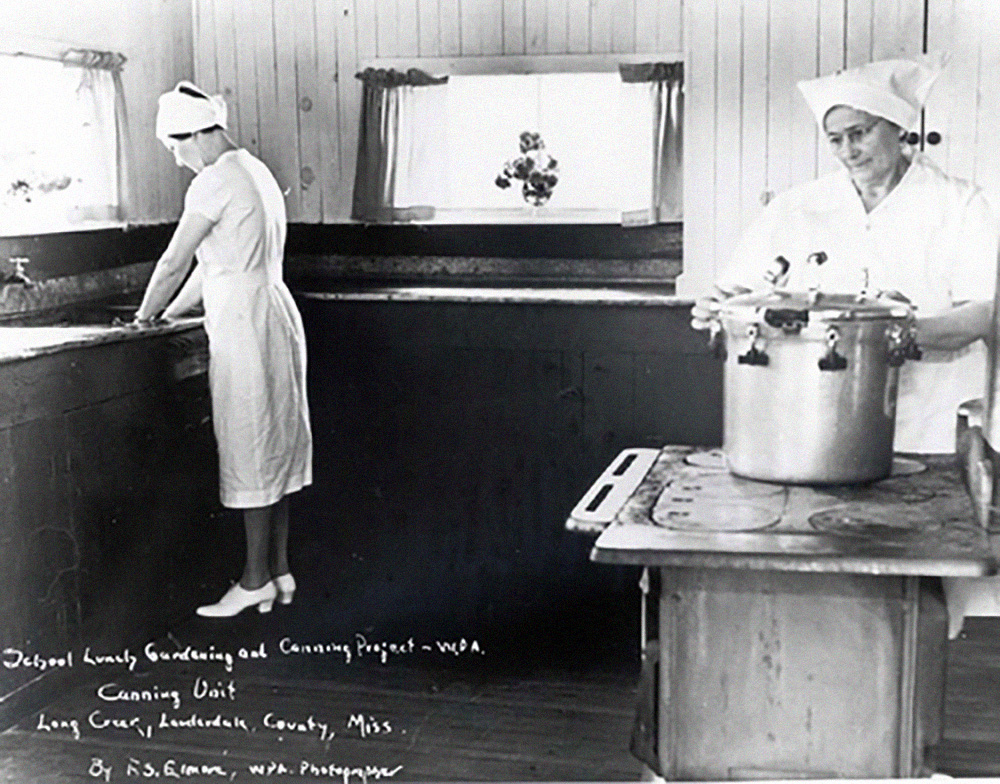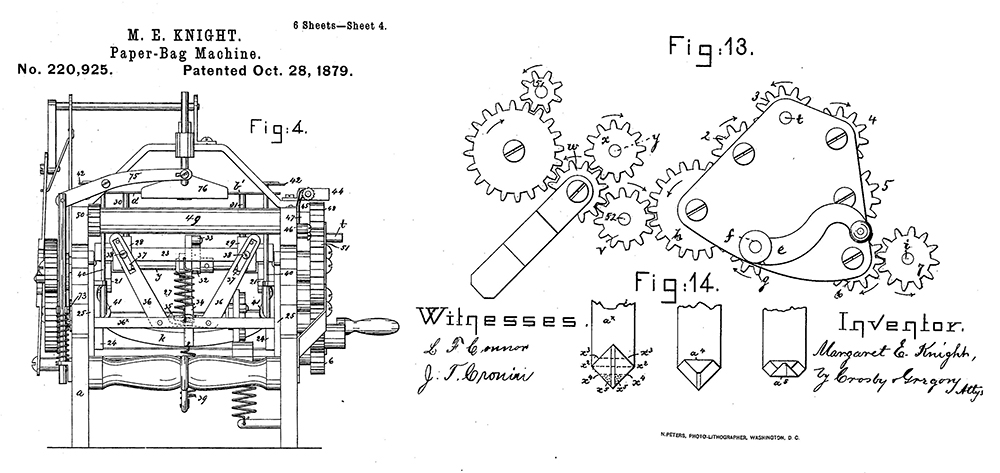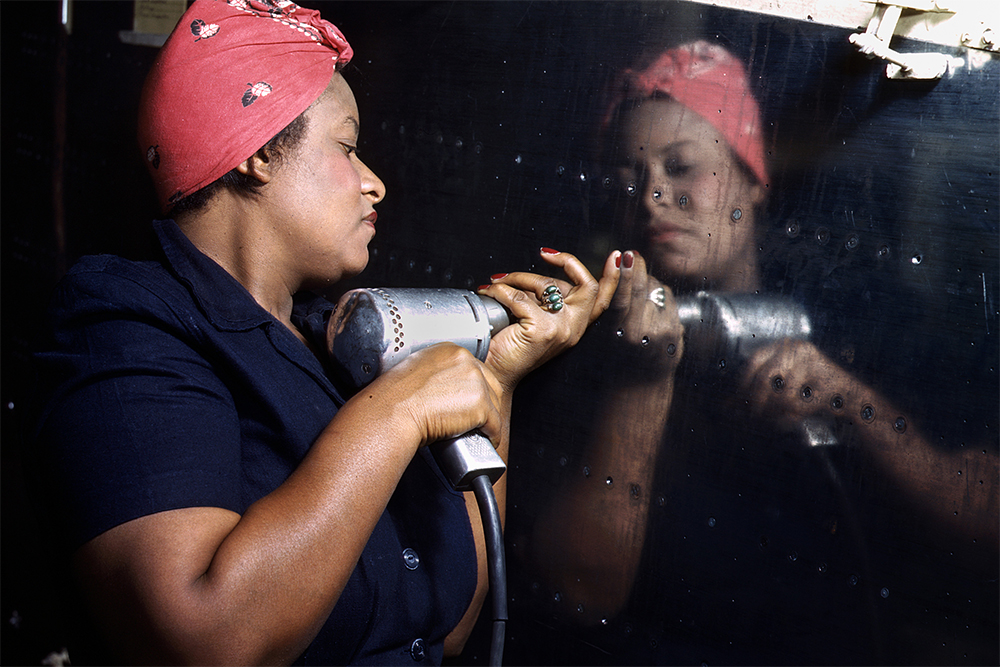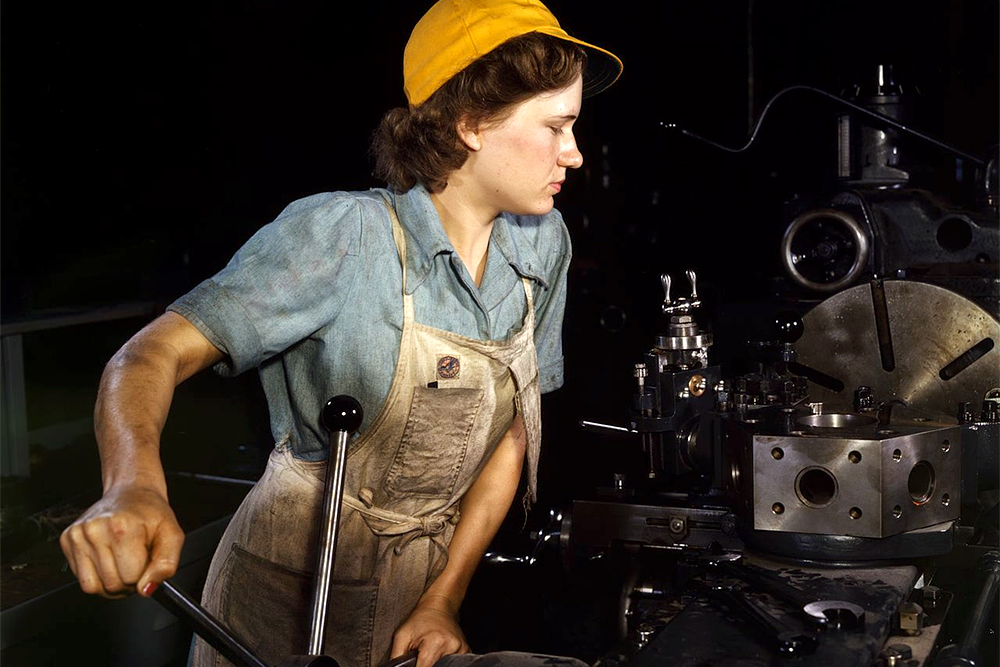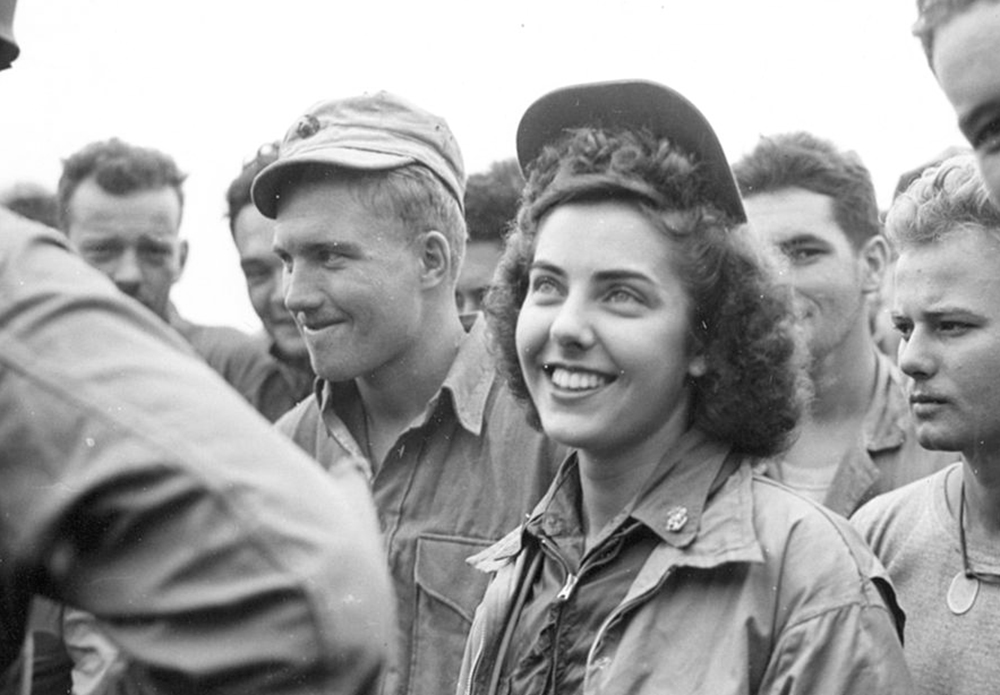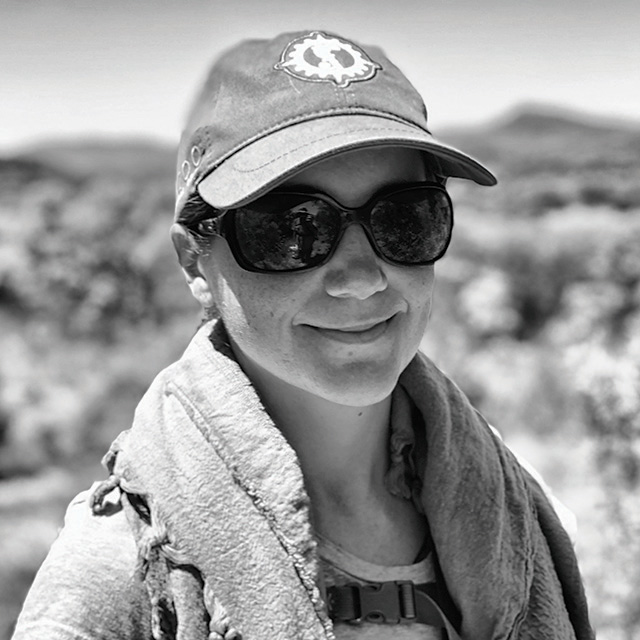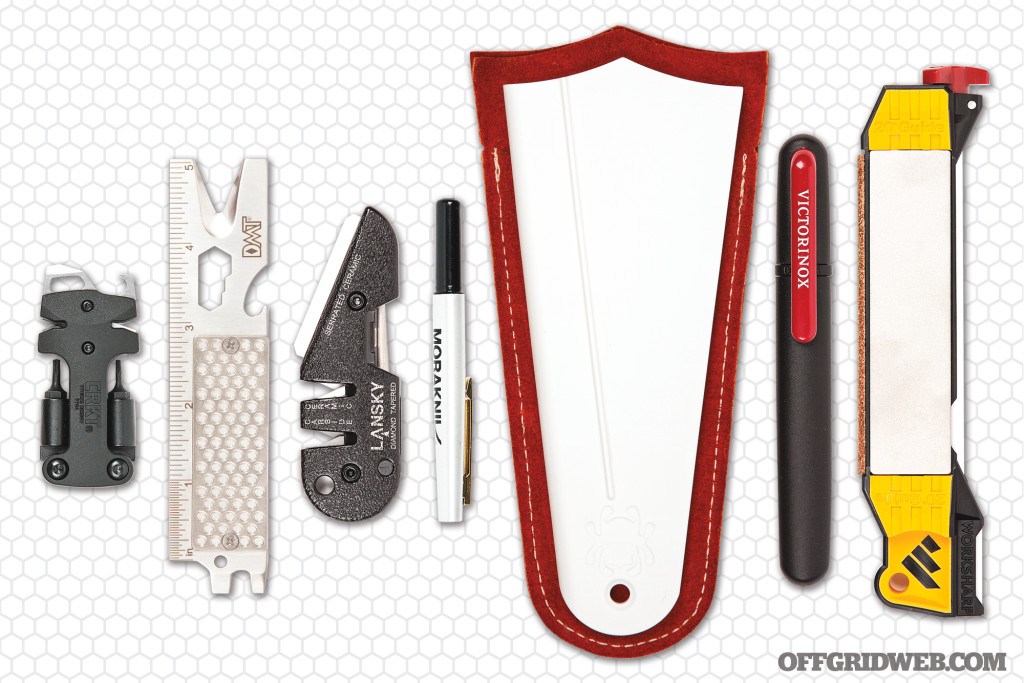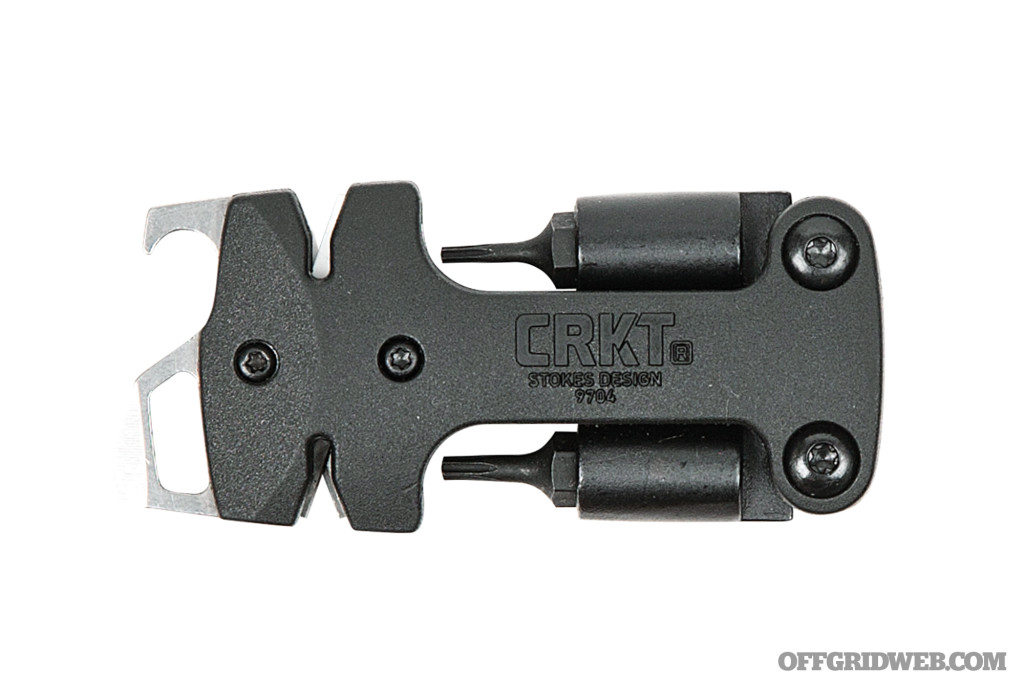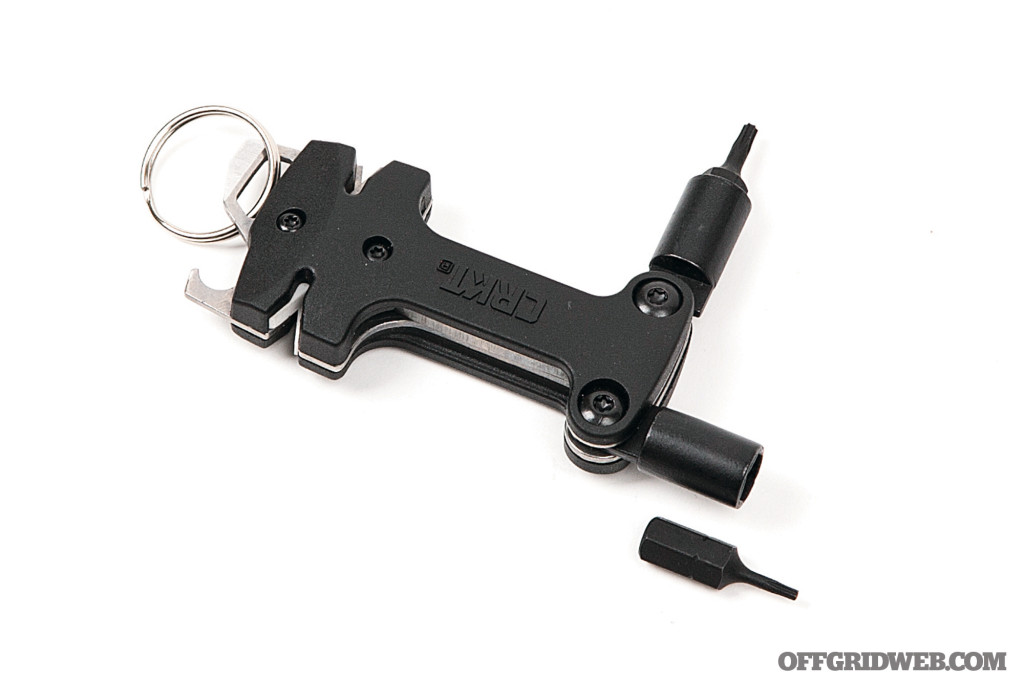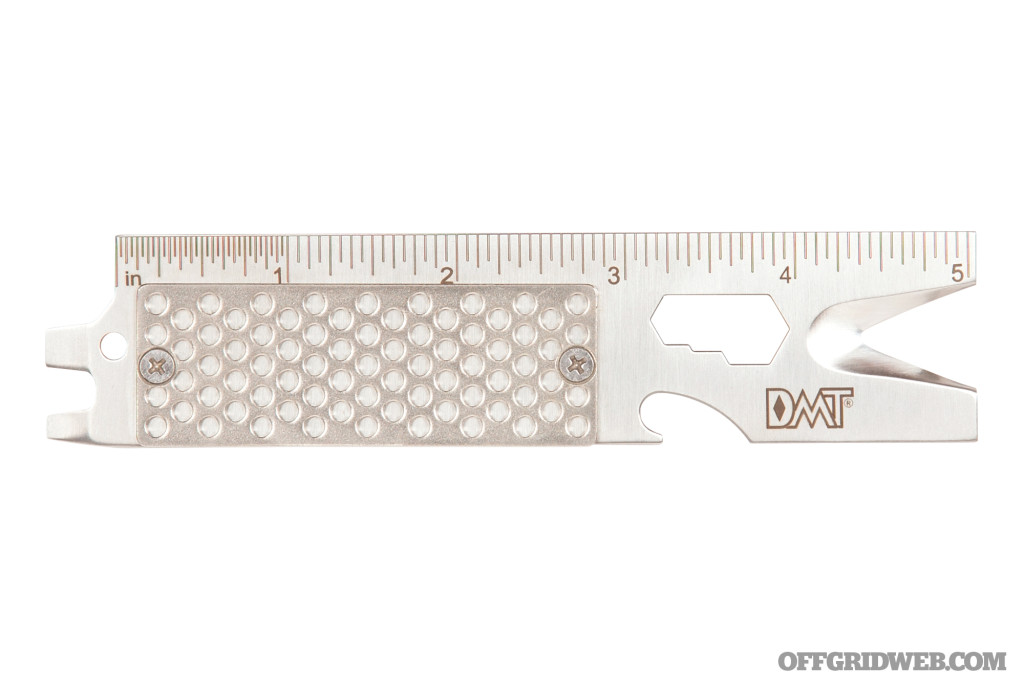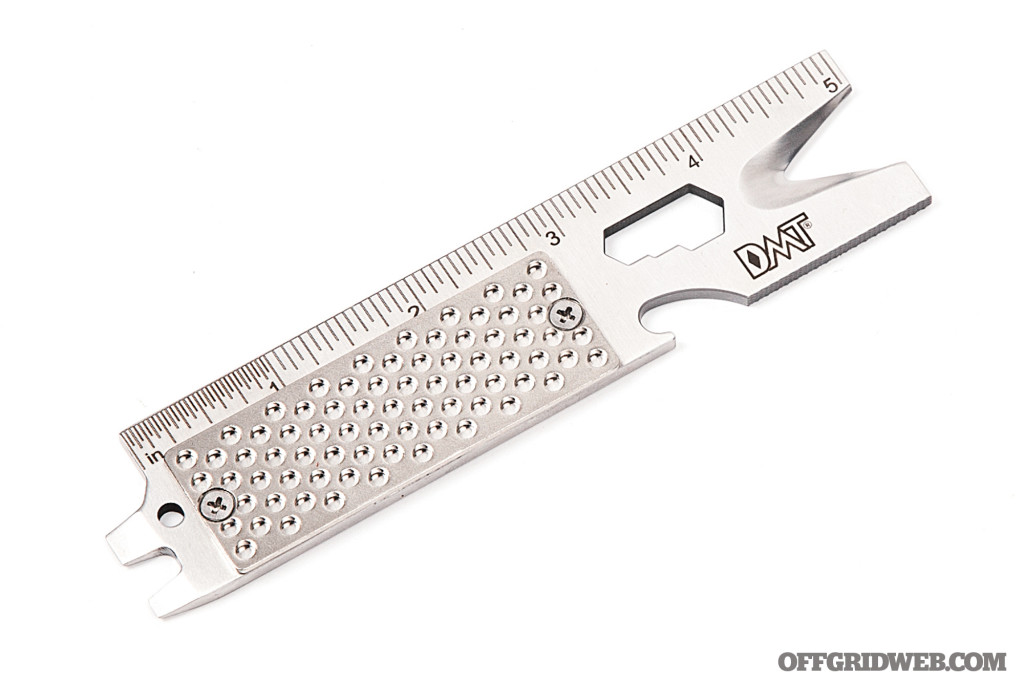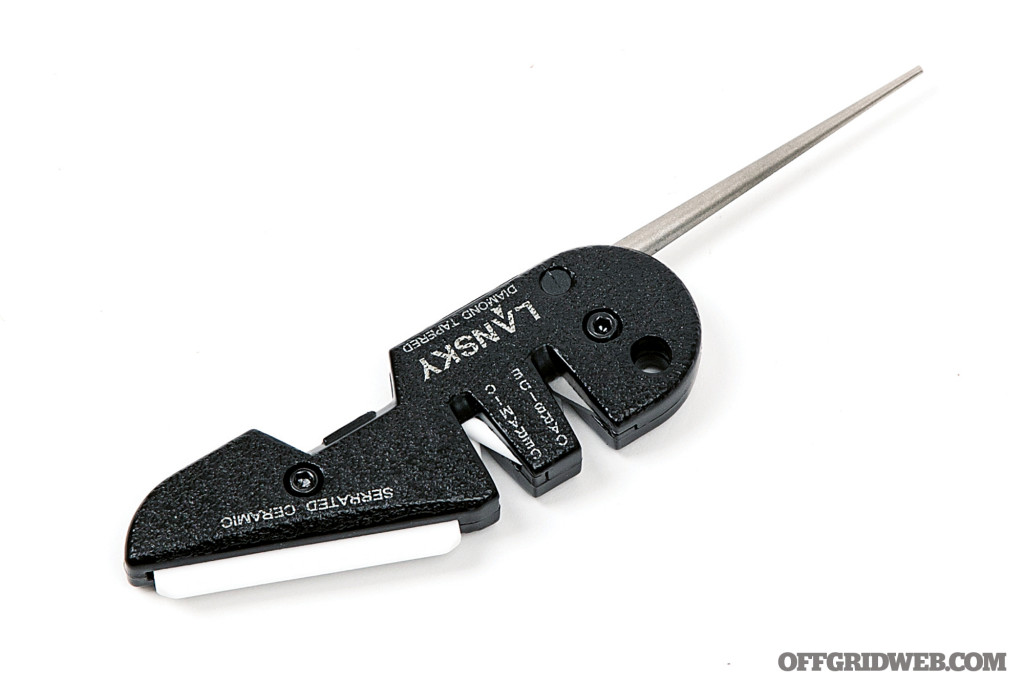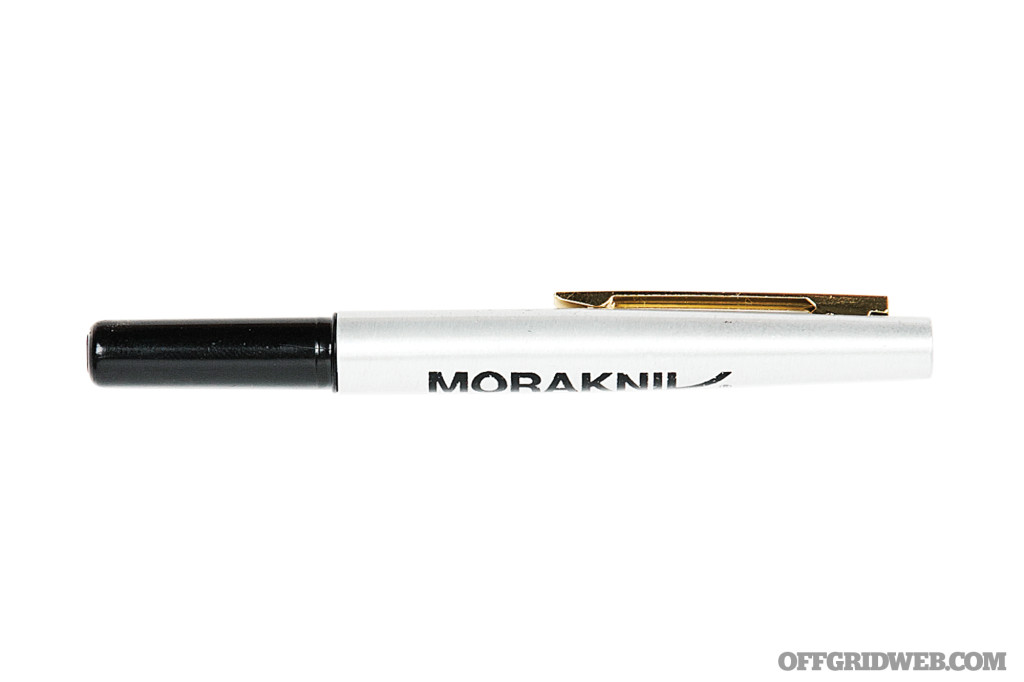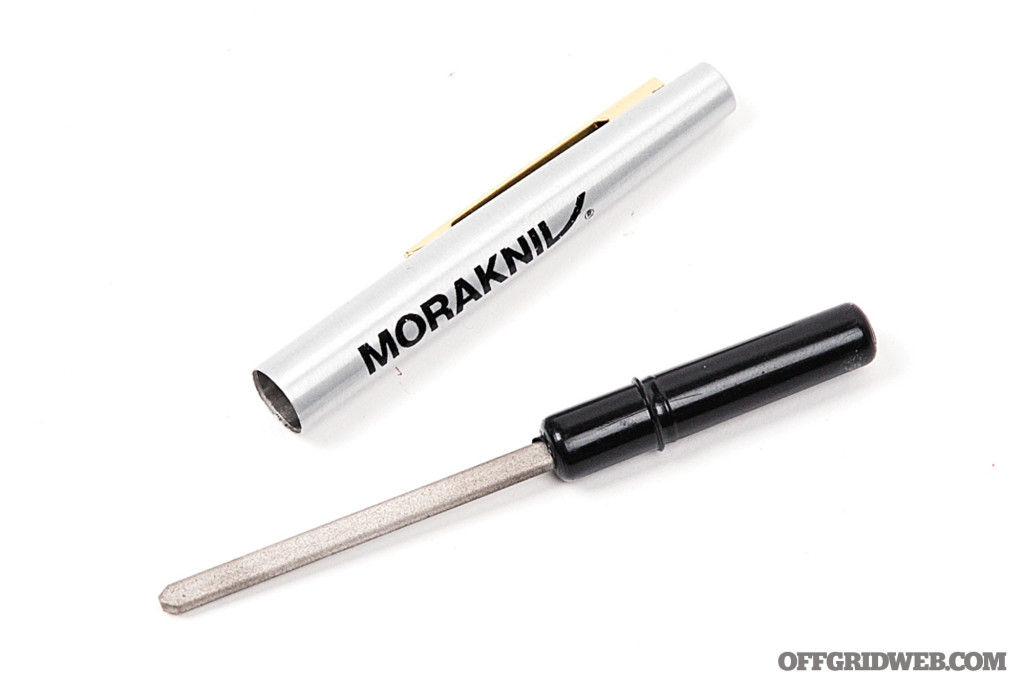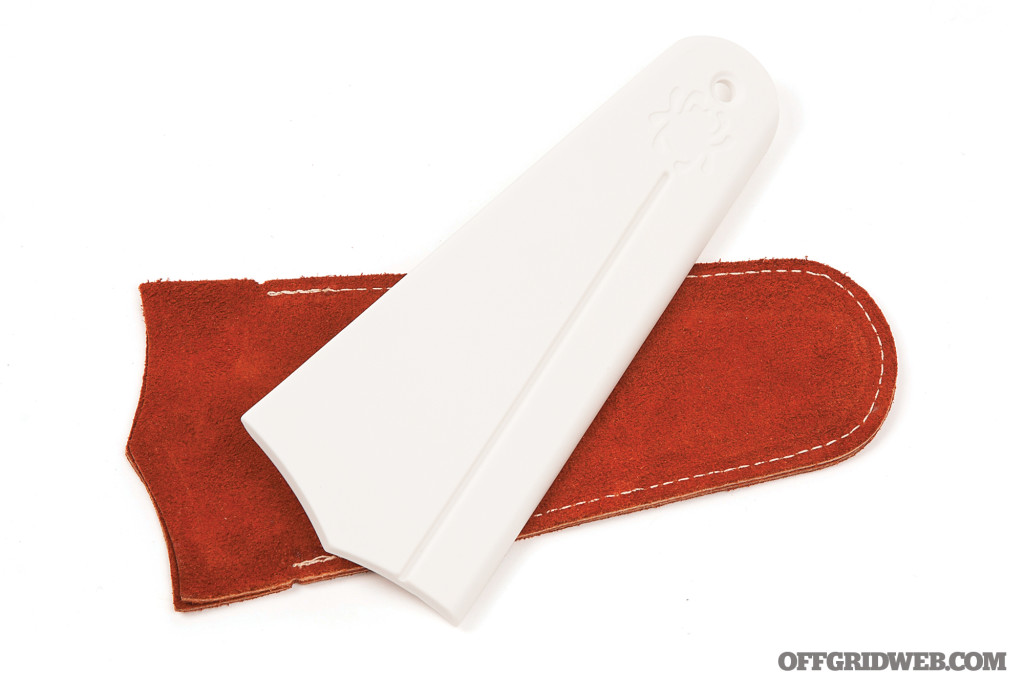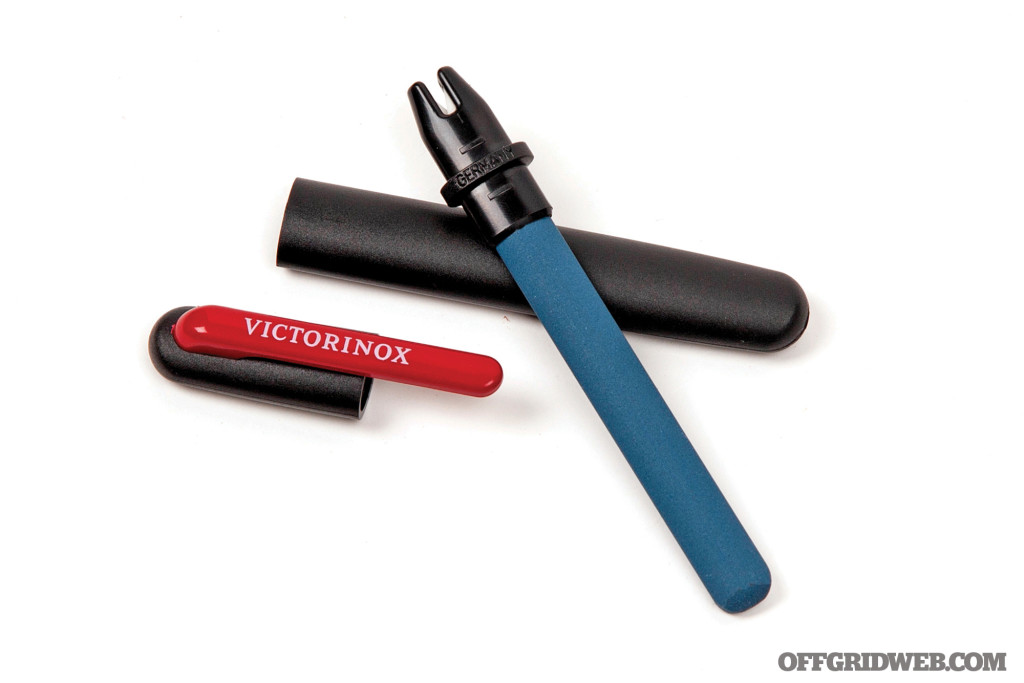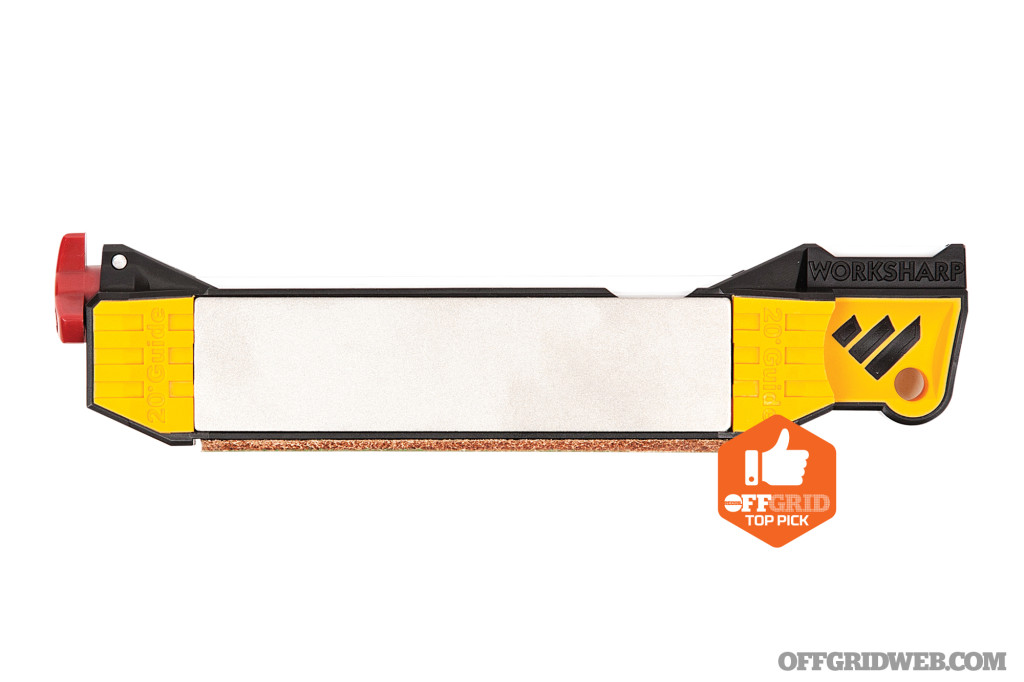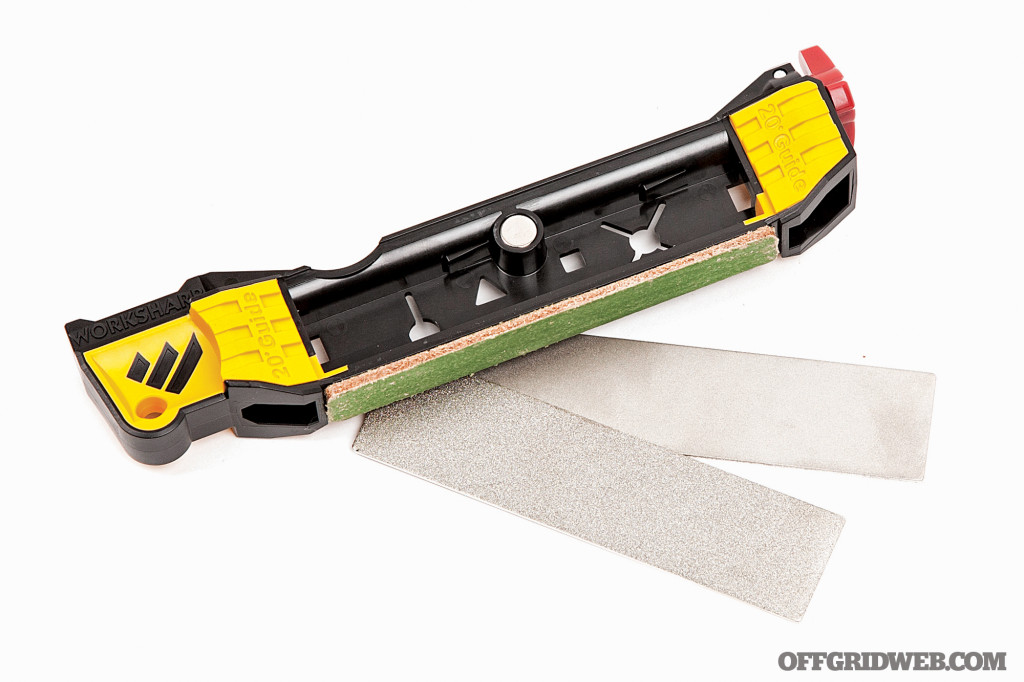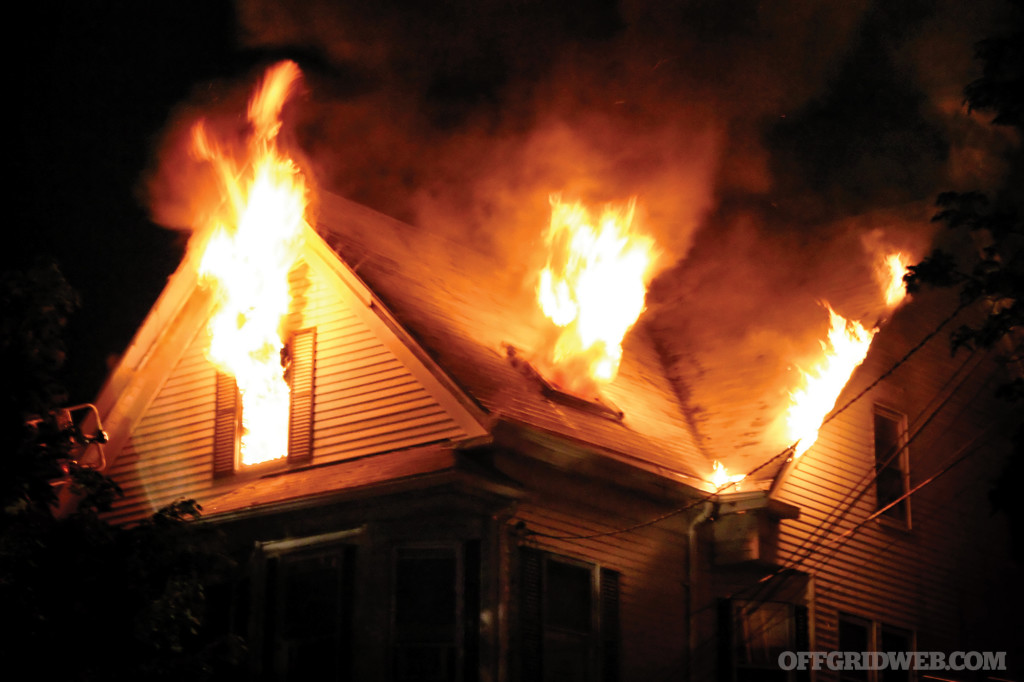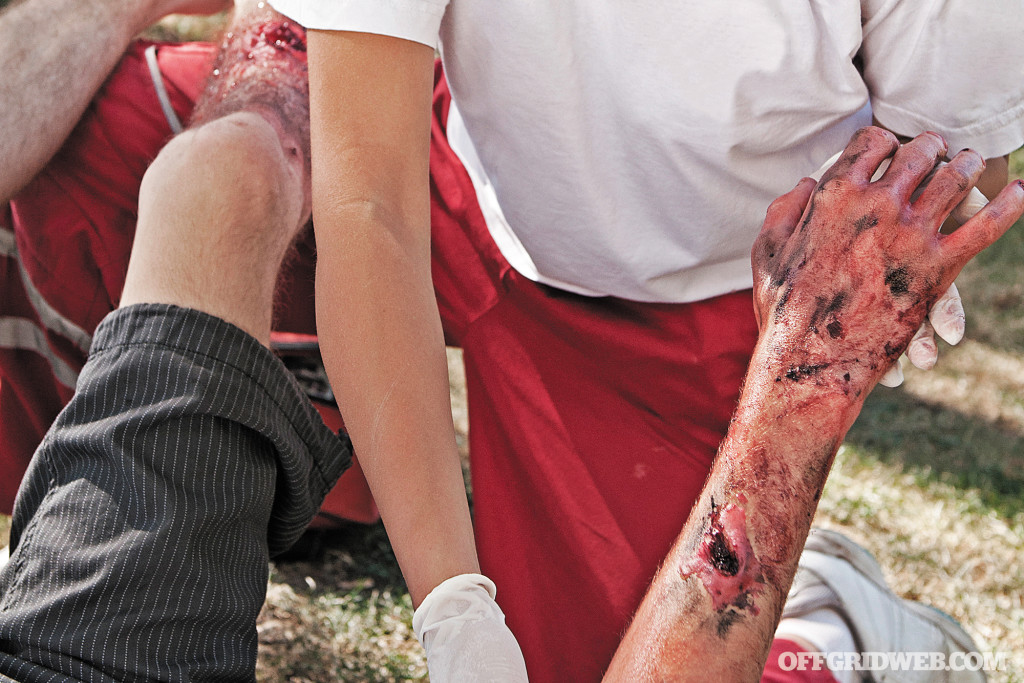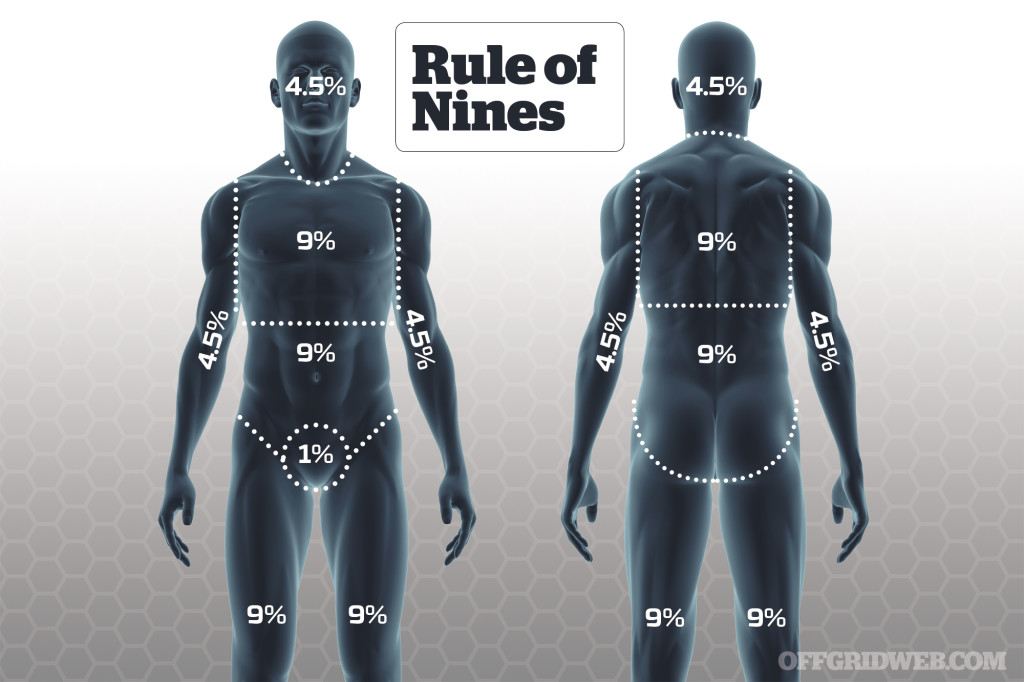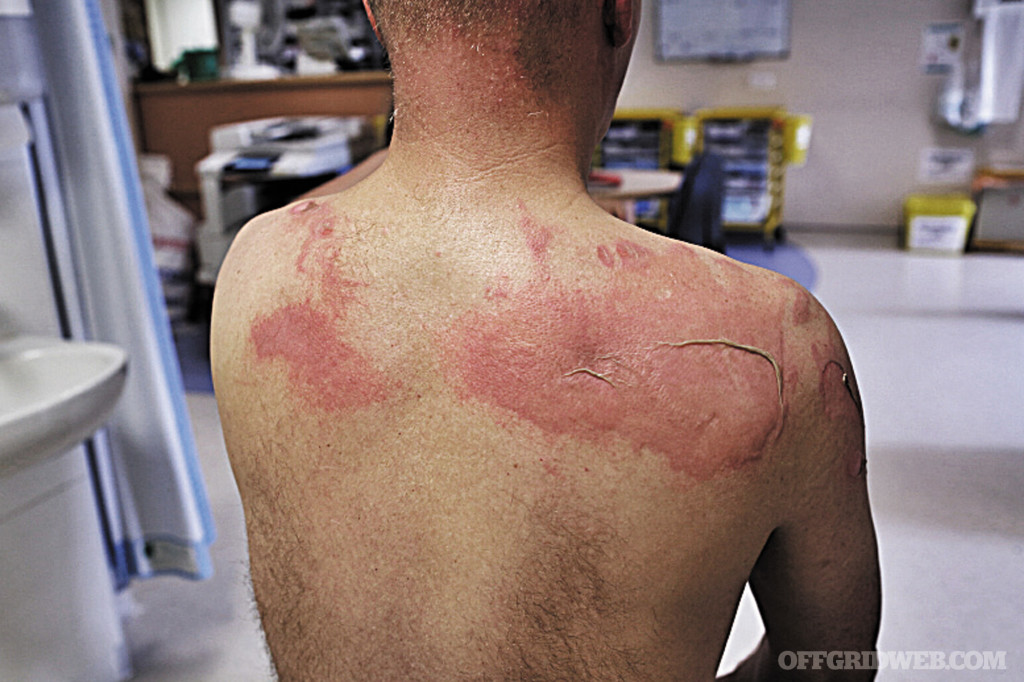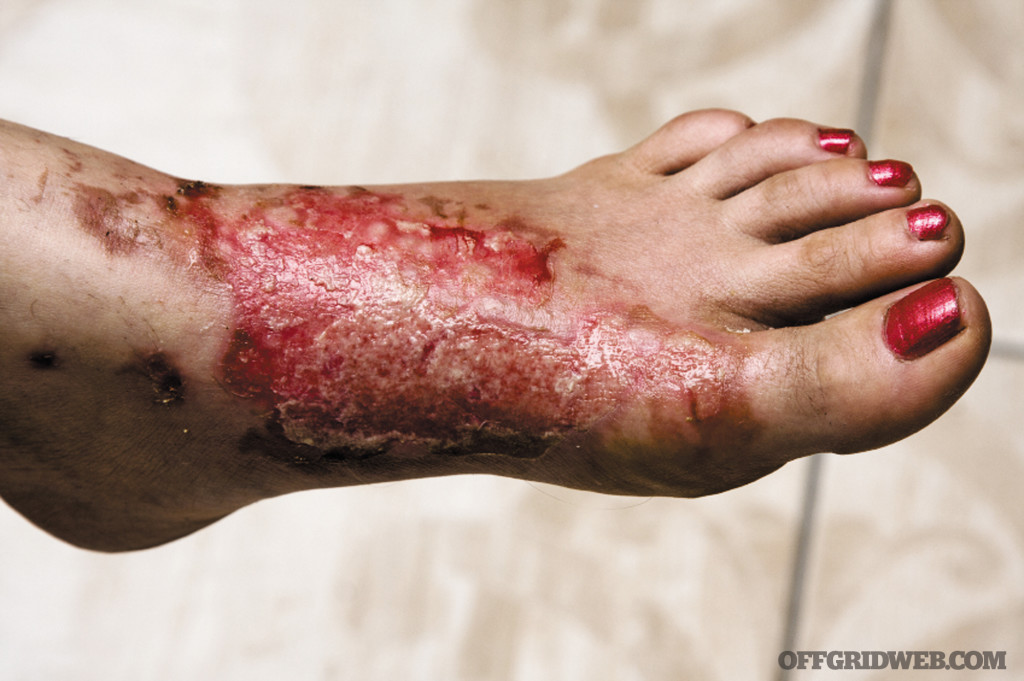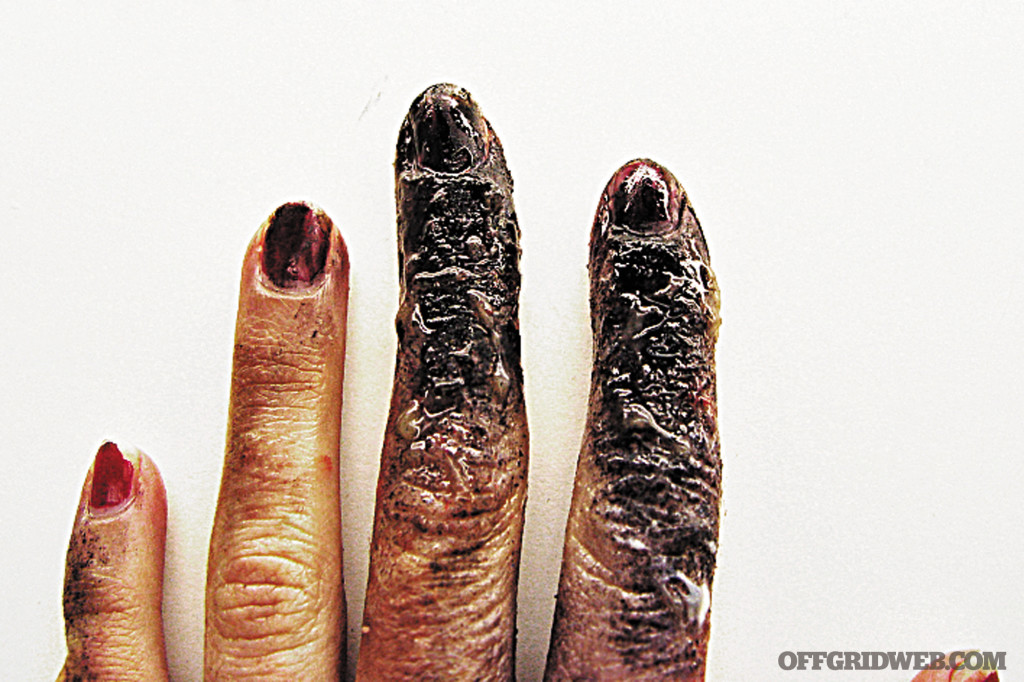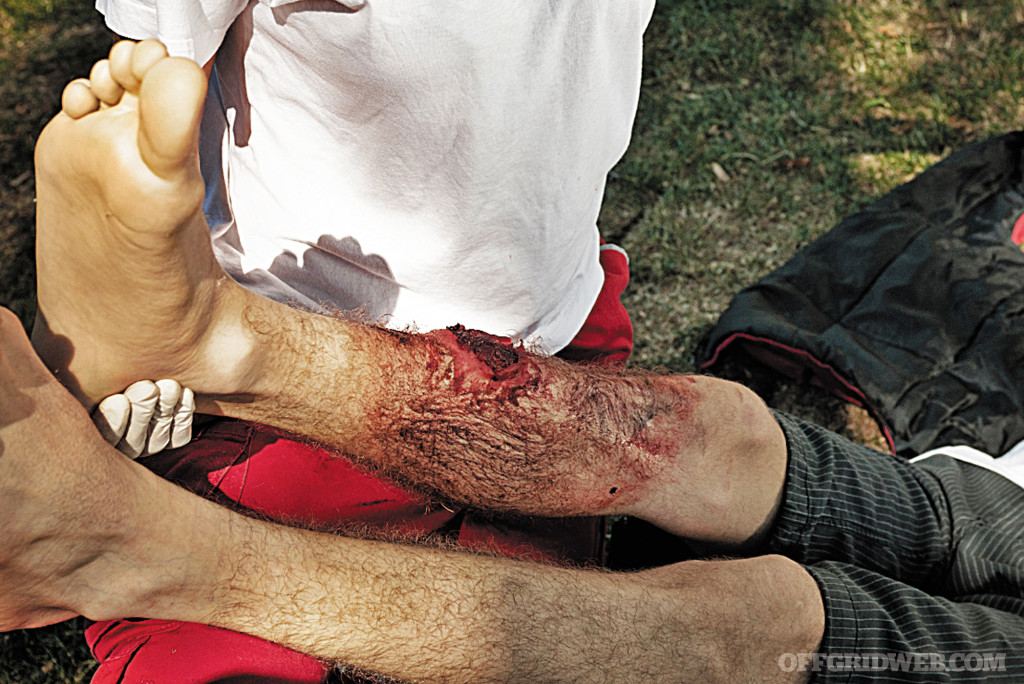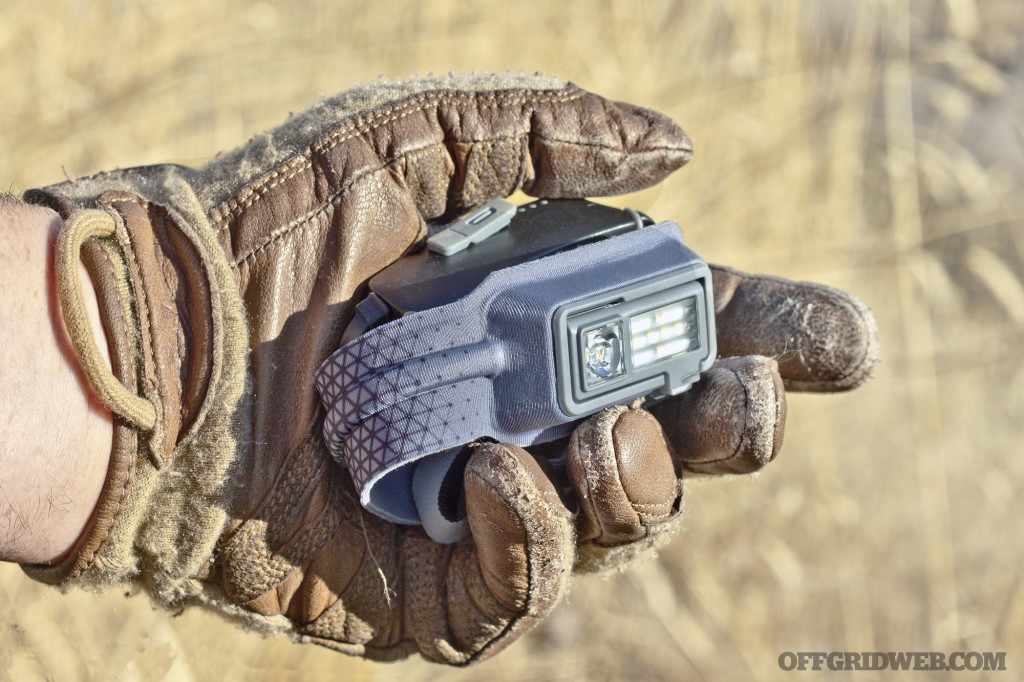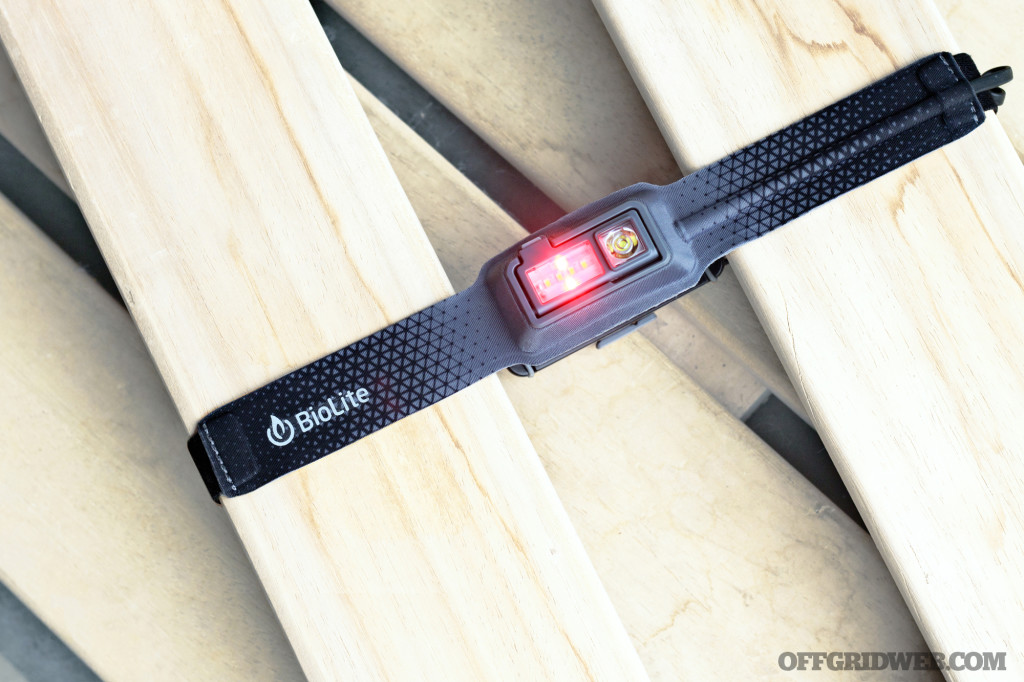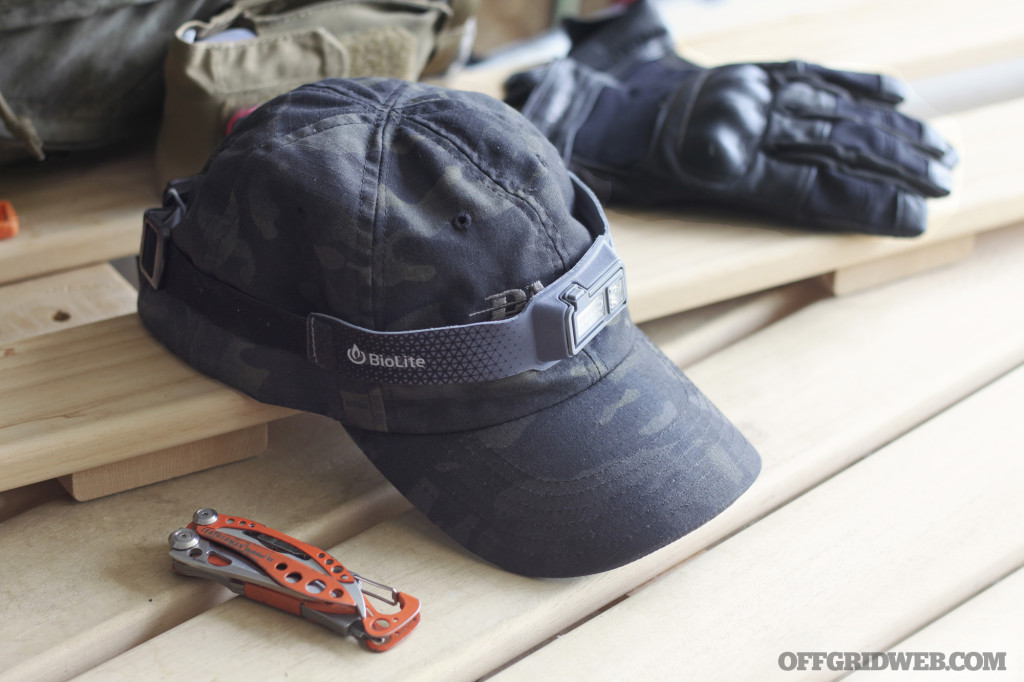Photos courtesy of Eagle Ridge Survival
We’ve often heard claims that prepping is an American phenomenon, and one that’s rarely seen outside the United States. This is patently false. People all over the world can — and already do — benefit from taking emergency preparedness seriously. Most governments and local municipalities have awareness campaigns in place to spread the word about the importance of disaster preps, and there’s no shortage of grassroots movements in countries around the world to prove that its value is universal. That said, it’s understandable that different regions have different approaches to the subject, so we always enjoy speaking with preppers from overseas to hear their perspectives.
We recently had an opportunity to talk with Shayne Phelan, a survival instructor and lifelong prepper from Ireland. Read on for Shayne’s thoughts on skills, fitness, gear, and the ubiquitous nature of preparedness.
Tell us a little about yourself. When and how did you first become interested in learning survival skills?
I am delighted to have this opportunity to introduce myself. My name is Shayne Phelan and I run Eagle Ridge Survival in County Wicklow, Ireland. So beautiful is this county that it’s nationally known as “The Garden of Ireland” and has played backdrop for the long-running TV series Vikings and the Mel Gibson blockbuster Braveheart.
I guess I was practicing survival skills before I knew it was survival — fishing, hunting, falconry, and ferreting was part of daily life. I suppose the eureka moment was 1986 when a 14-year-old stumbled across a book just out, the SAS Survival Handbook by the legendary “Lofty” Wiseman. Let me tell you, that book was devoured with the same appetite for knowledge that a survivalist would have for food after coming off an island.
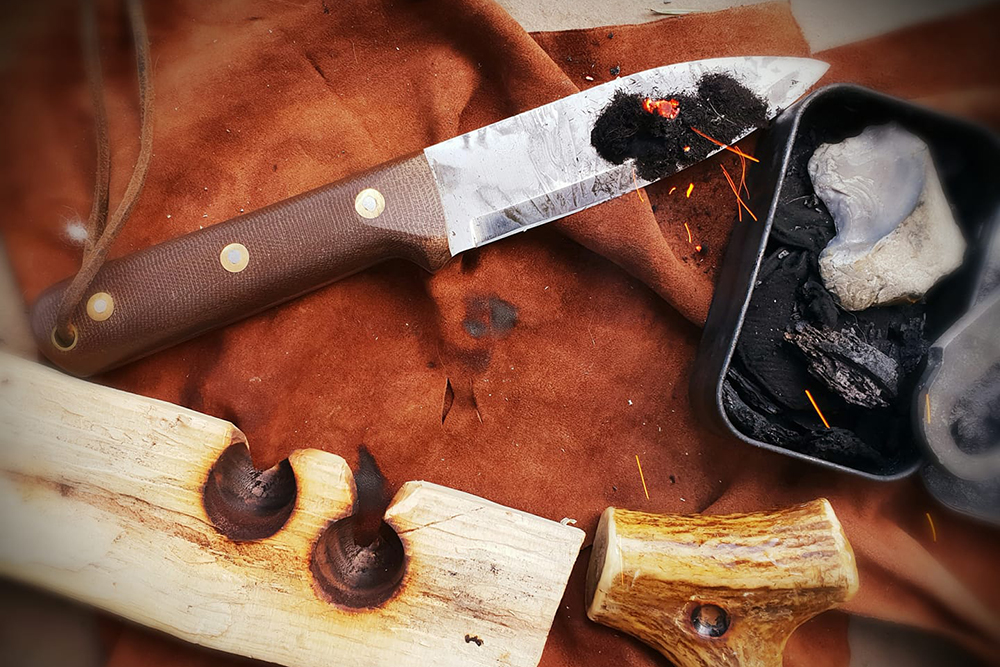
“We never practice a skill to the point where we get it right, we practice to a point where we can’t get it...
With haste I started practising shelter-building and primitive fire-lighting techniques. Even then I knew the importance of skill-based fire rather than product-based fire. Within a year I was starting to achieve embers — you see, the road to success is paved with the slabs of failure. You must change your technique and material selection, trial and error was the Google of the day.
Where did the name Eagle Ridge Survival come from?
I have served as TV consultant for survival here in Ireland and for national print media, they are always fascinated with the name and how I derived it. Well, it’s pretty straightforward, I am one of the few in Ireland that flies and hunts with a golden eagle. His name is Thor.
You’ve clearly emphasized the importance of primitive skills, such as bow-drill fire starting. How do these fit into your survival strategy alongside modern gear?
Now to get to the brass tacks of survival. If I am a prepper, I prep skills. I believe people are far too much involved in storage. Squirreling away items is great in two instances:
- You live in a place that you don’t need to bug out of.
- You have the skills and man/woman power to keep what you have prepped in this new WROL environment.
…otherwise you have been storing preps for other people.
How does physical fitness play a part in your survival skillset?
Survival is a huge mental task, and I always say survival is from the neck up. But it certainly helps if everything from the neck down works well.
I place huge emphasis on physical fitness and the ability to defend yourself. I am a martial arts instructor holding 4th dan grades in hapkido, karate, and kickboxing. I believe any survivalist should get involved in martial arts. This will make people fitter, stronger, and better-prepared for the hardships of life.
If your bugout bag weighs 90 lbs, can you ruck with this for 5 miles? If not, I would suggest you have a bugout anchor. You need to address the weight of your bag and train with it.
I personally feel that we live in a society where we are so hardwired to consumerism that we think we can out-purchase training. The reality is we can’t. We must out-work yesterday today, and every day.
In that case, what does your every-day carry gear look like?
Ireland is a country that has very restrictive practices on the ownership of firearms and knife carry, however I mostly EDC a Leatherman and my trusty knife from Lt Wright, a company I am proud to be the brand ambassador for here in Ireland. The items that you will always find on my person are:
- Lt Wright Genesis fixed blade knife
- Leatherman Surge multi-tool
- Paracord bracelet
- Wazoo Bushcraft Necklace with built in ferro rod and scraper
- Small Olight torch
- Bic lighter with a ranger band and a few small fishing hooks tucked behind the band
What aspect of survival do you feel the public is most underprepared for?
The greatest fear I have is the trust people put in authority. You see this globally with flash floods and other disasters — good, honest people think someone is going to come and save them, but authorities are so stretched they never come. We have a personal and family responsibility to be less passive in our chance of survival.
I always preach that survival is going to happen when you aren’t anticipating such scenarios. You could be just gone on a day hike or fishing, hunting, etc.
What are some key lessons you typically emphasize with your students?
I urge people to leave a bread crumb trail of information with family — where you are going, when you should be back. Then if something should happen, hug a tree and the calvary will come.
Always dress for the coldest, most severe weather conditions the next 24 hours can throw at you. It’s much easier to cool yourself down than warm yourself up. Clothing should always be first line of shelter. While you are at it, stick a few large trash bags and/or a poncho in your pocket. Then you can quickly improvise shelter or a water gatherer.
And remember whatever you do, don’t panic!
Thanks for taking the time to talk with us. Where can our readers learn more about what you’re up to?
If you would like to find out more about us, we are on Facebook, YouTube, and Instagram. You can also go to Eagleridgesurvival.com or Survival.ie.

